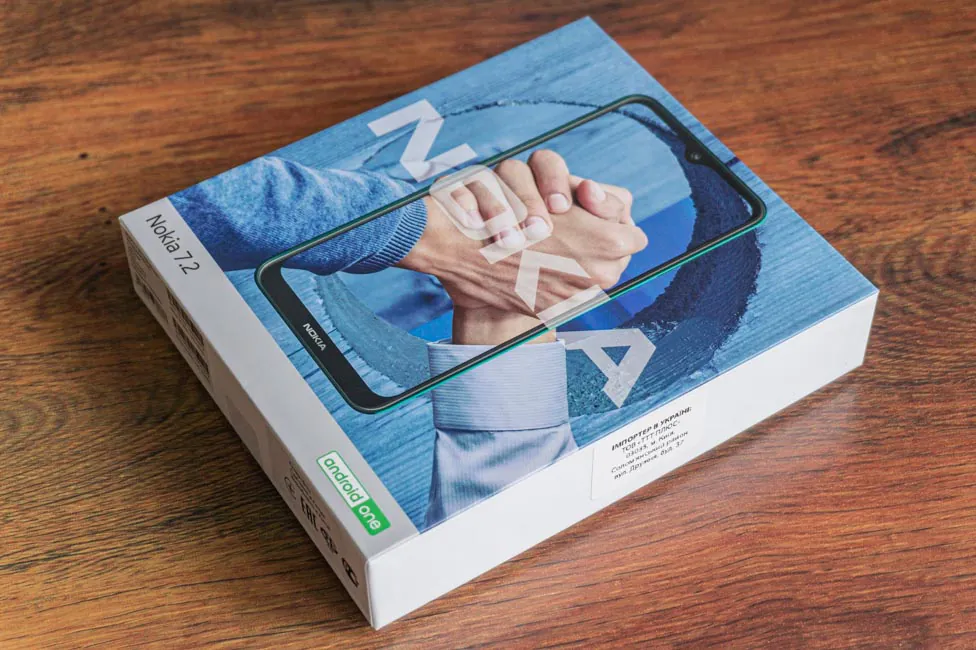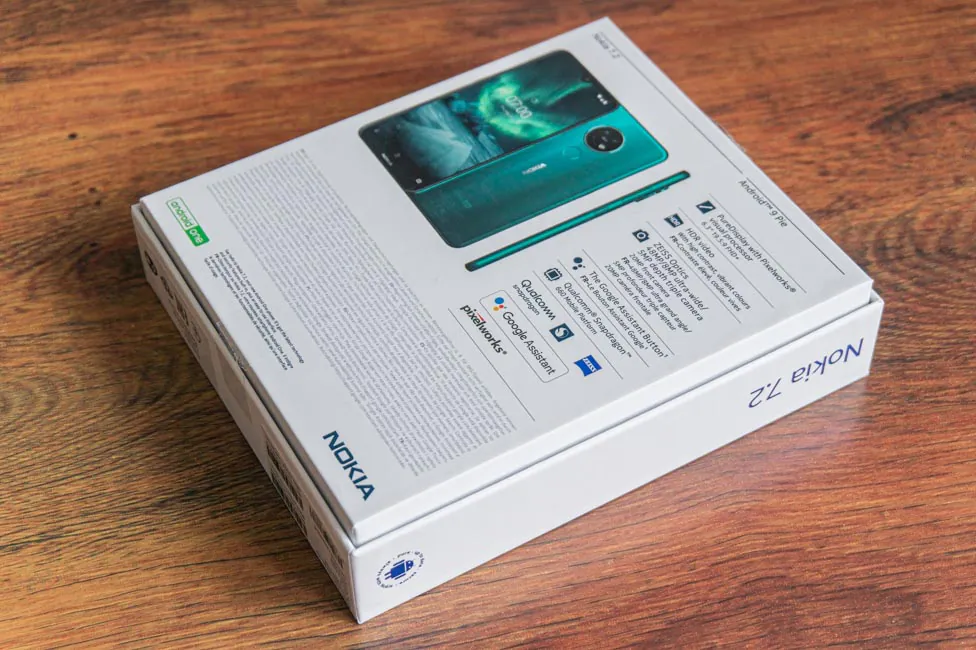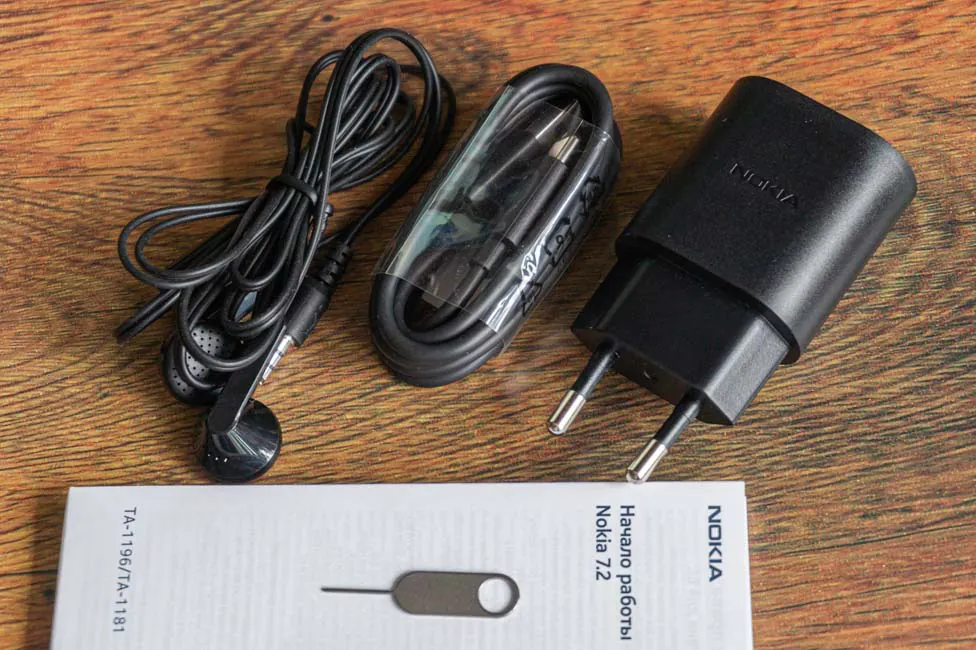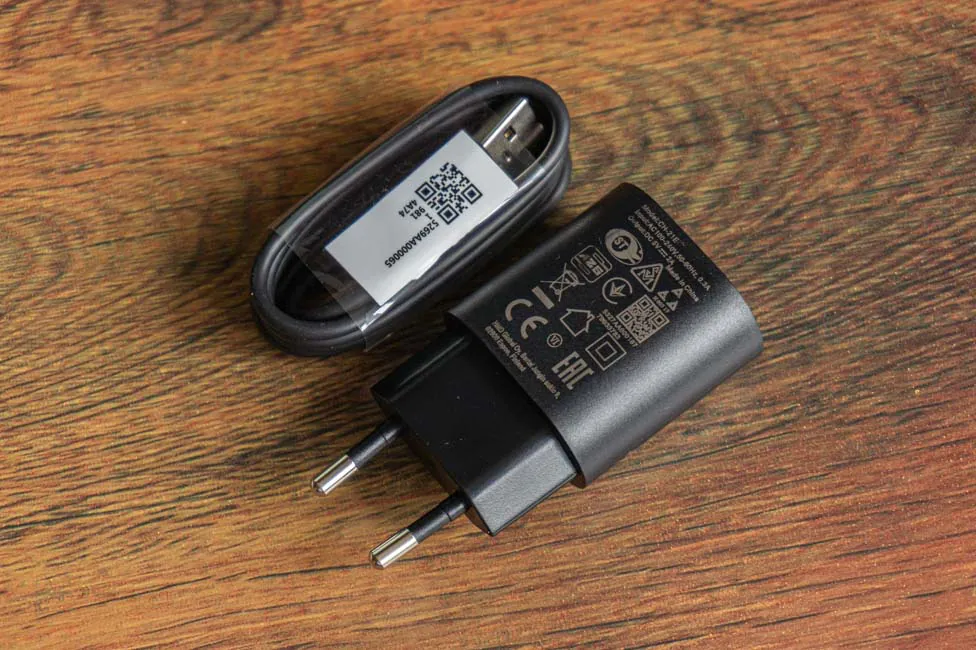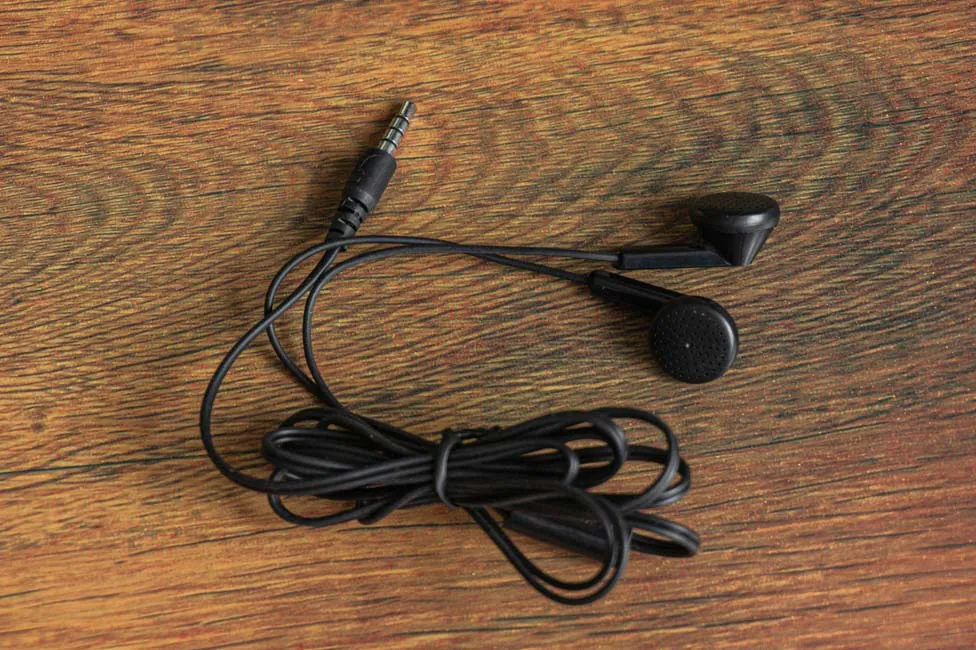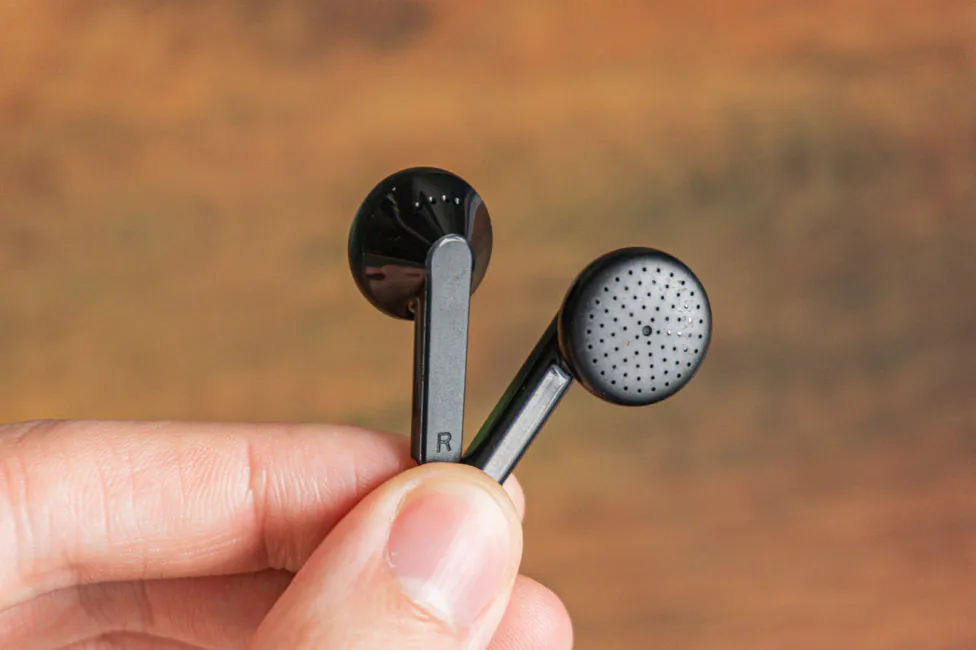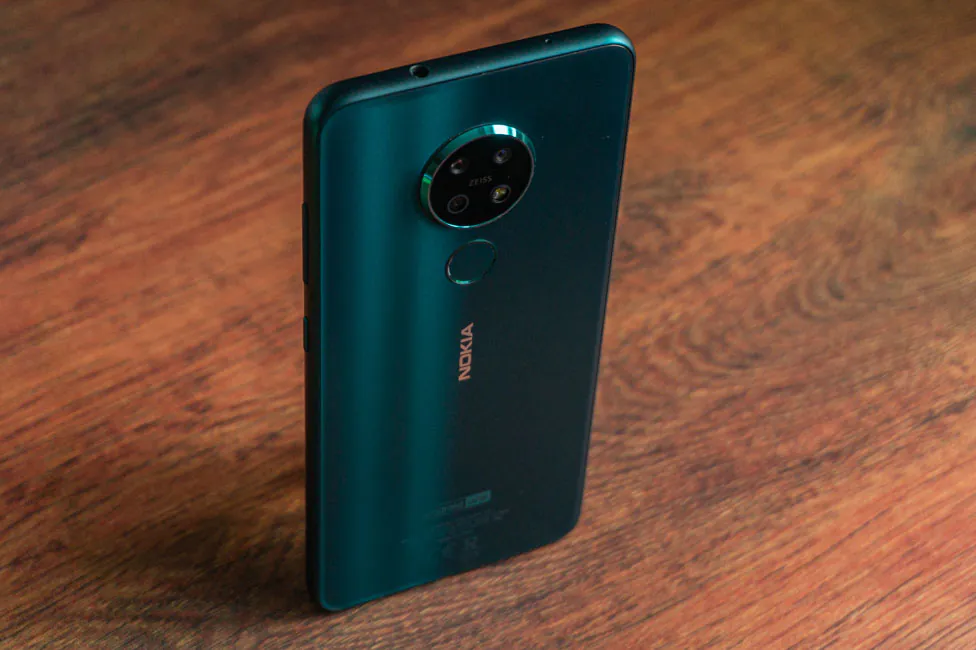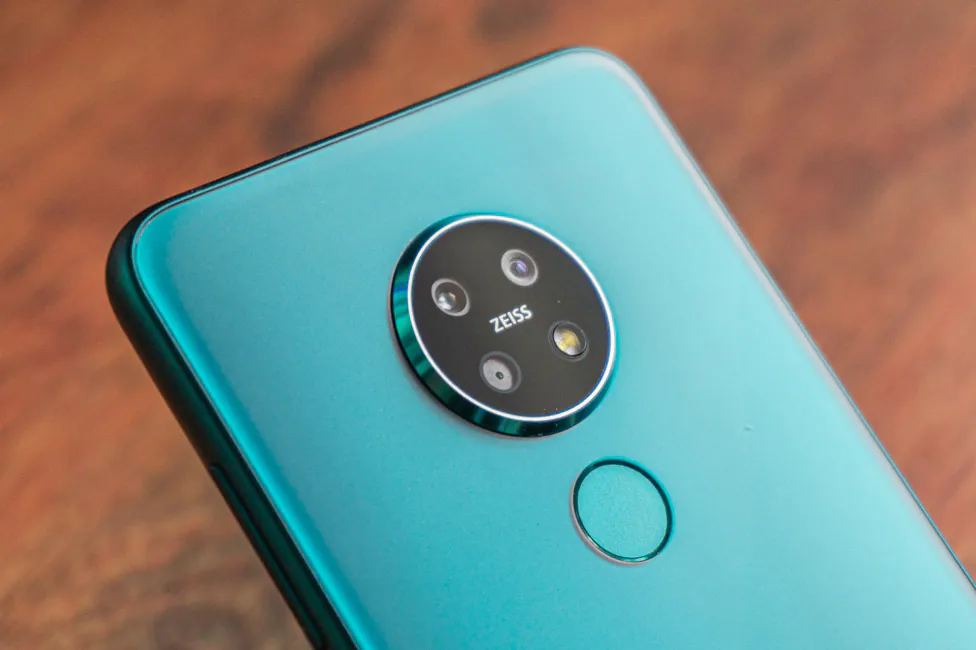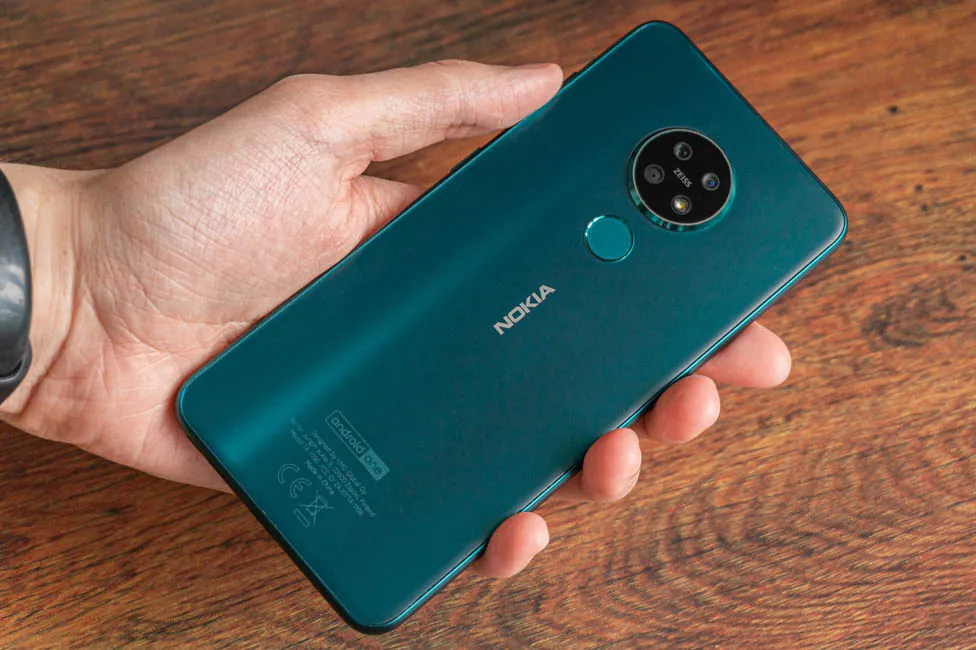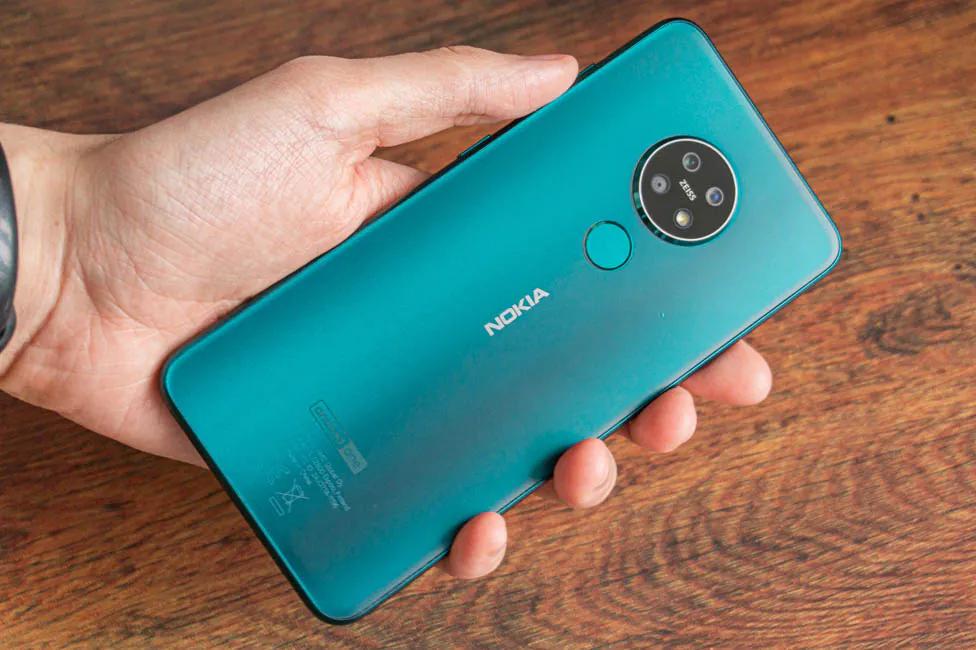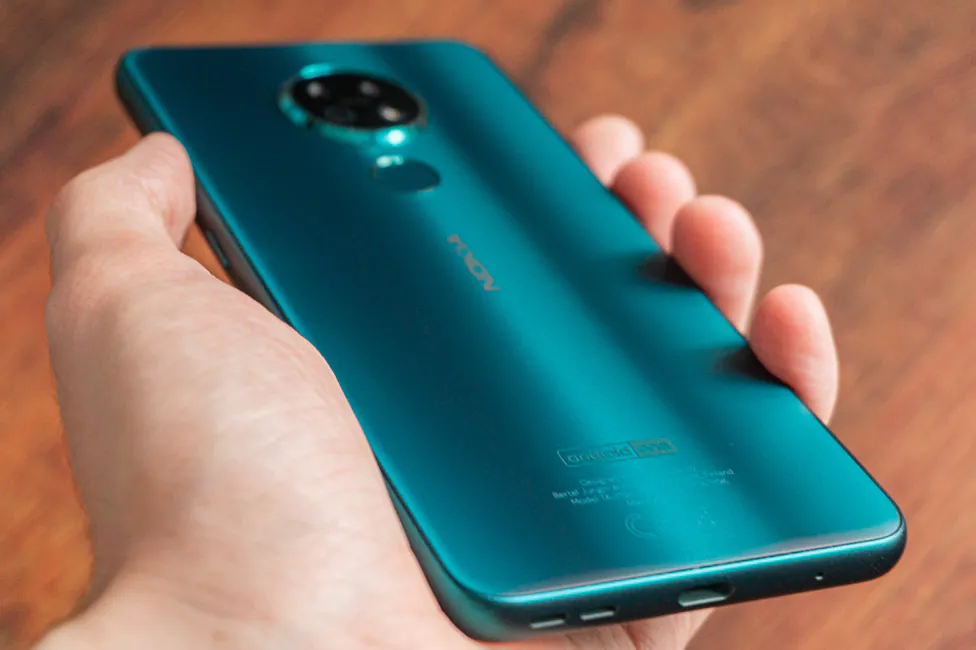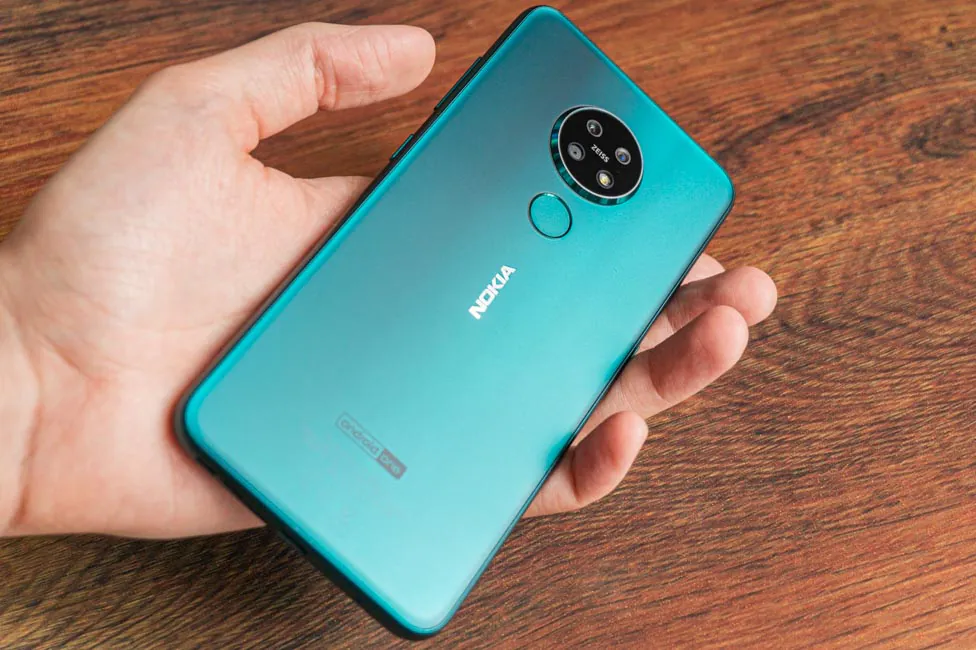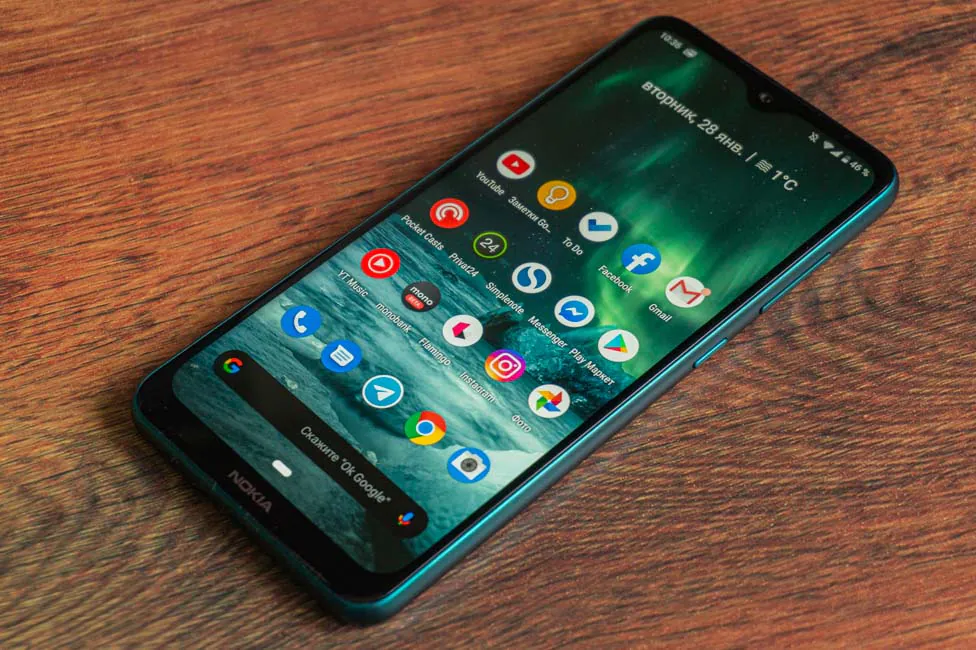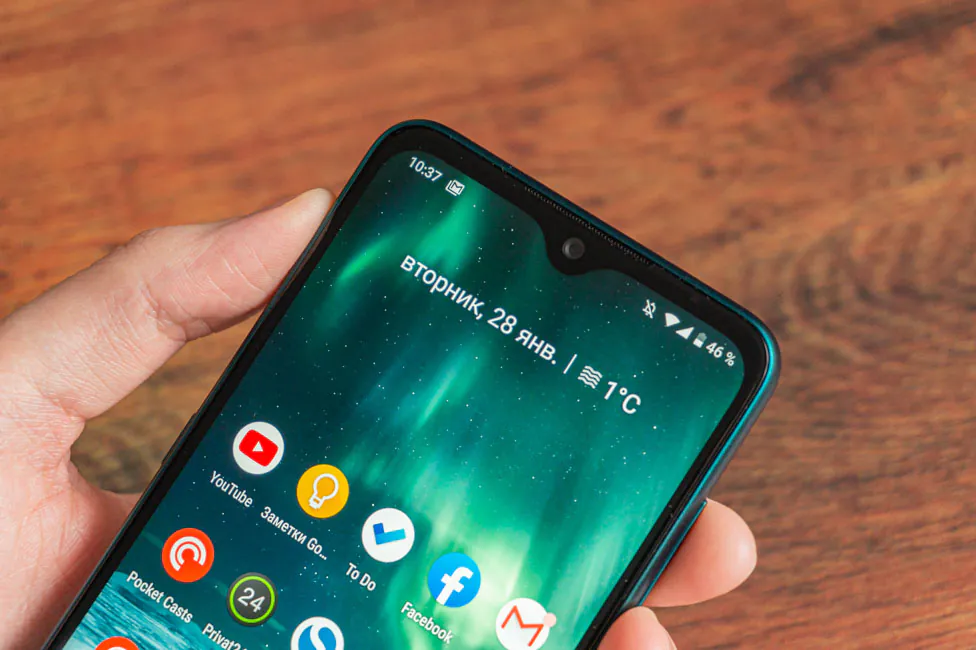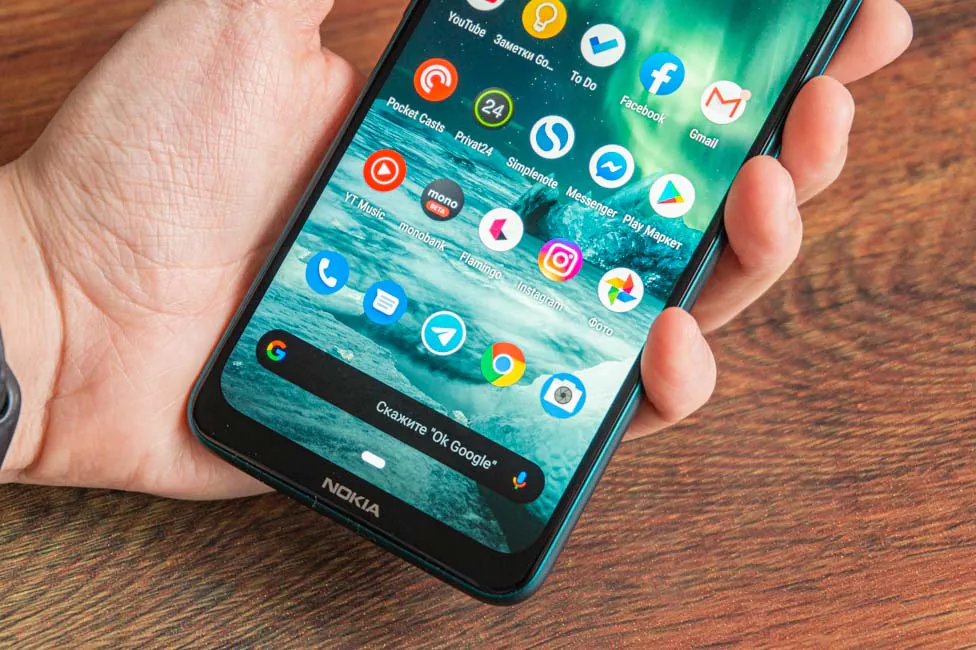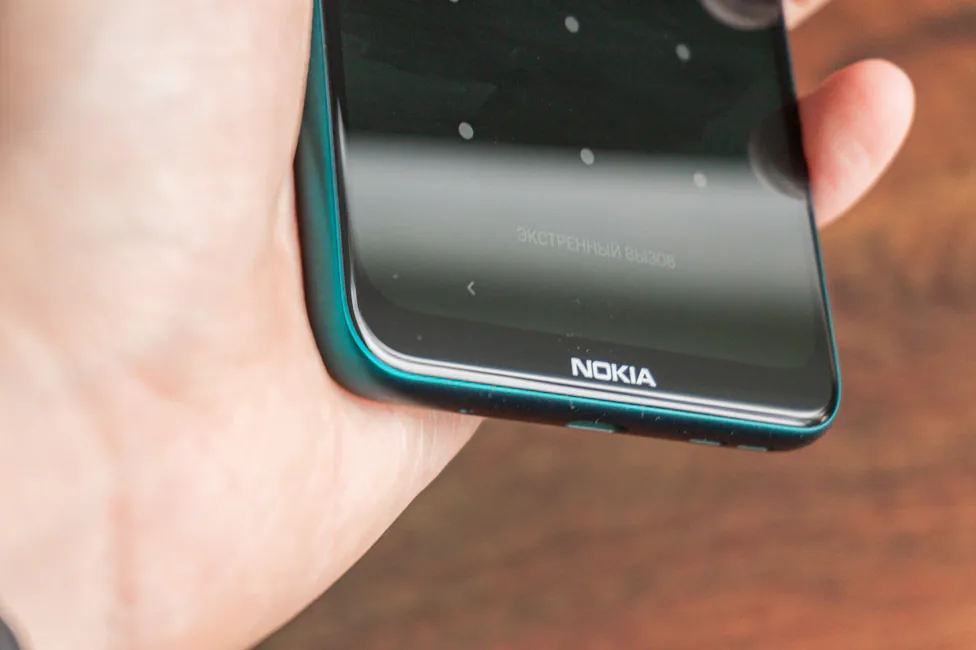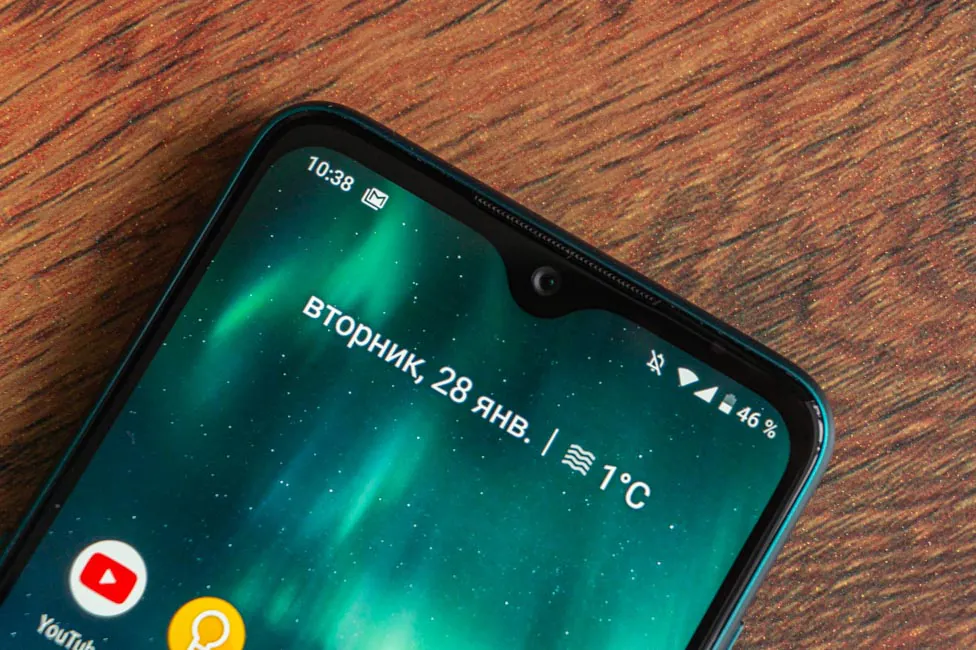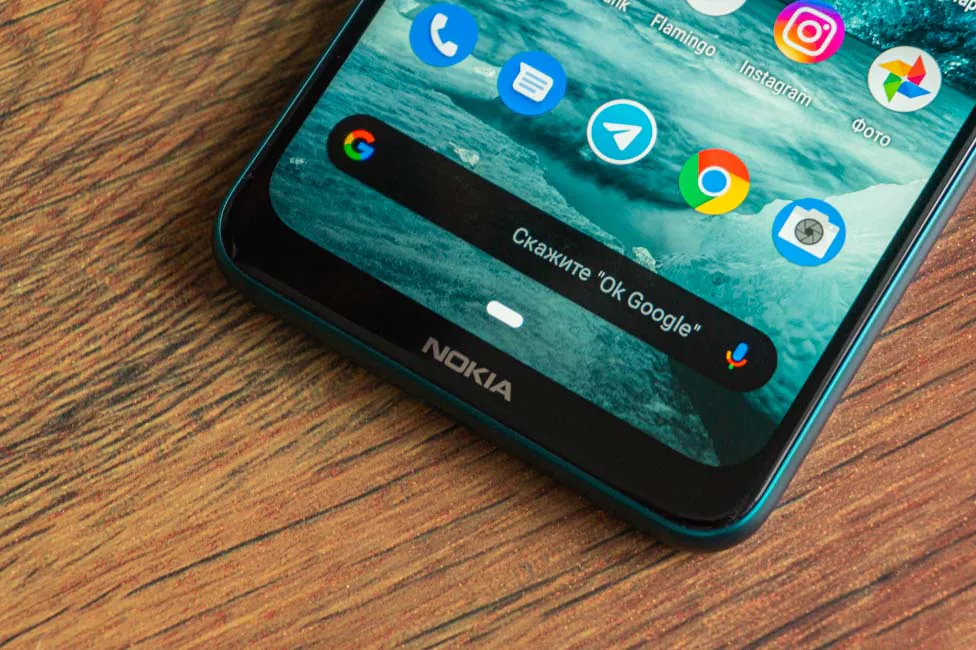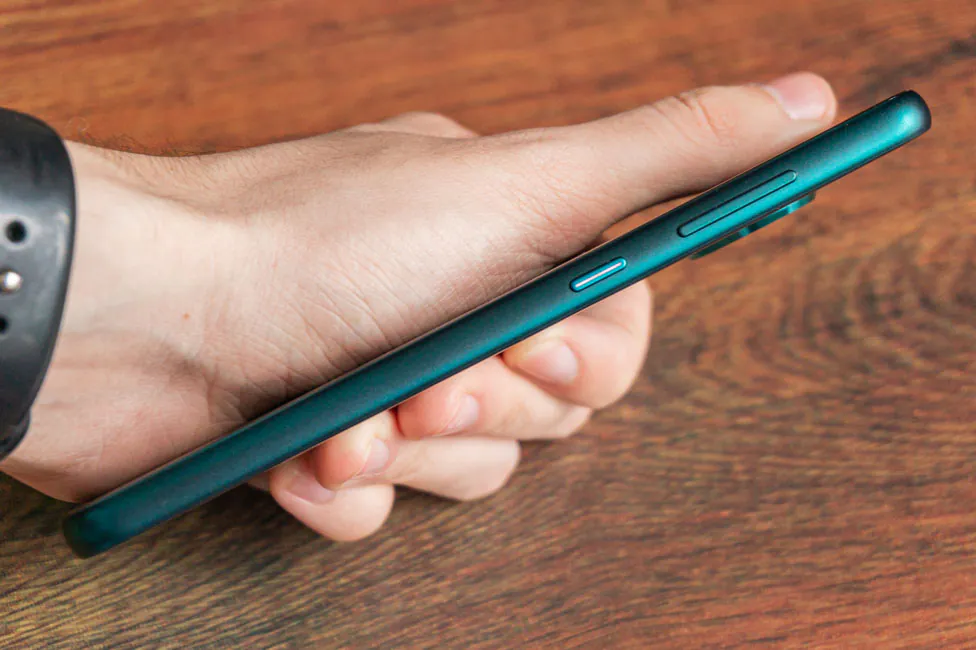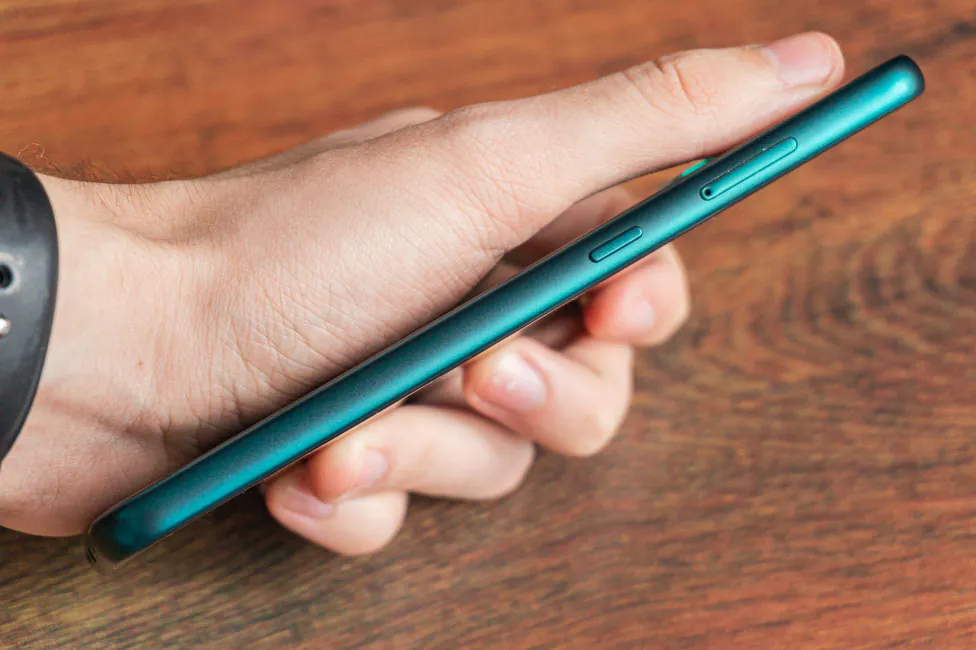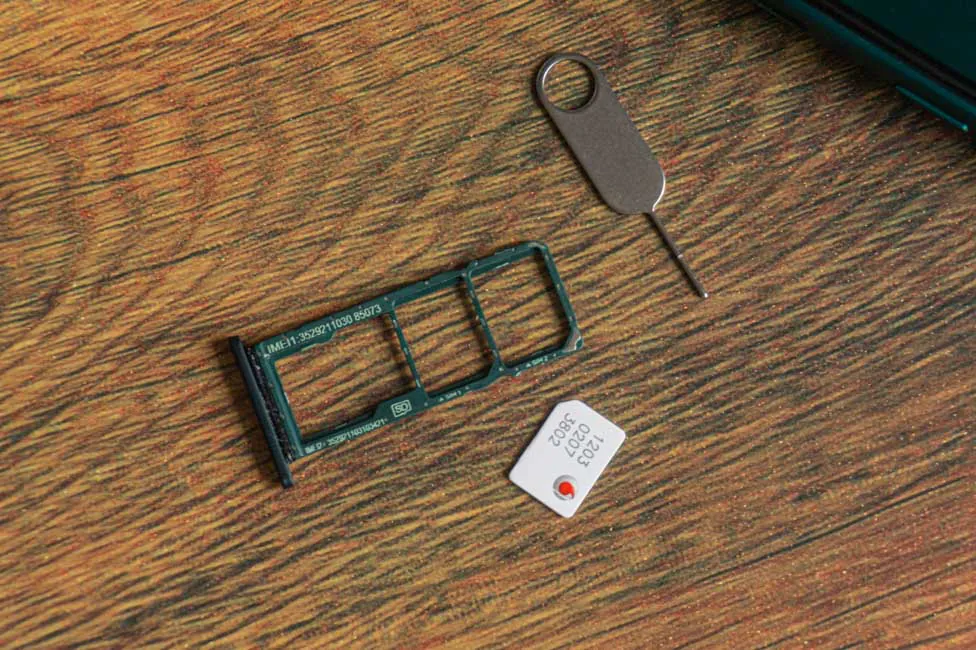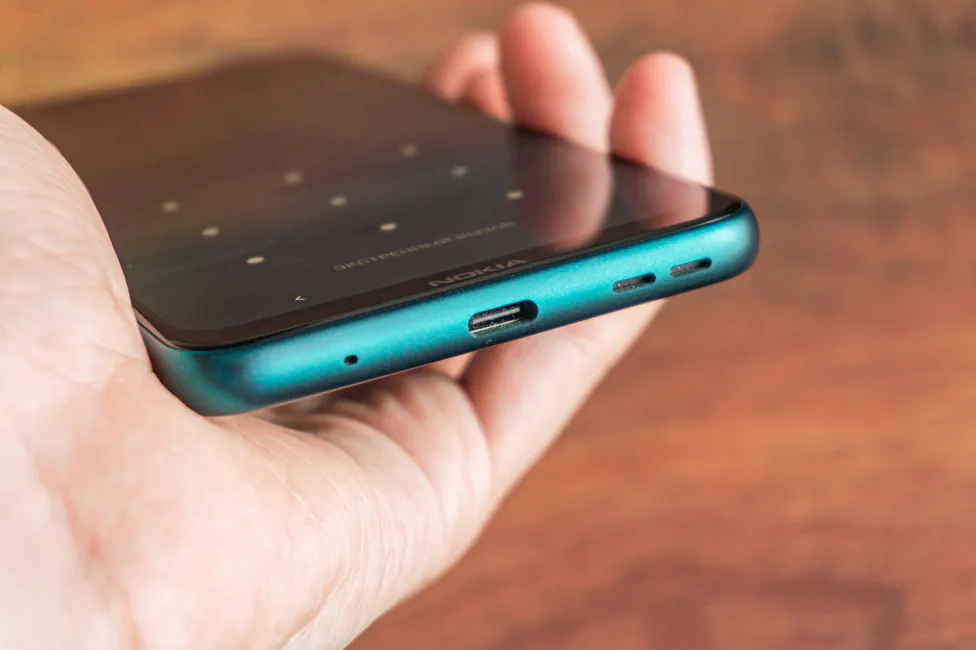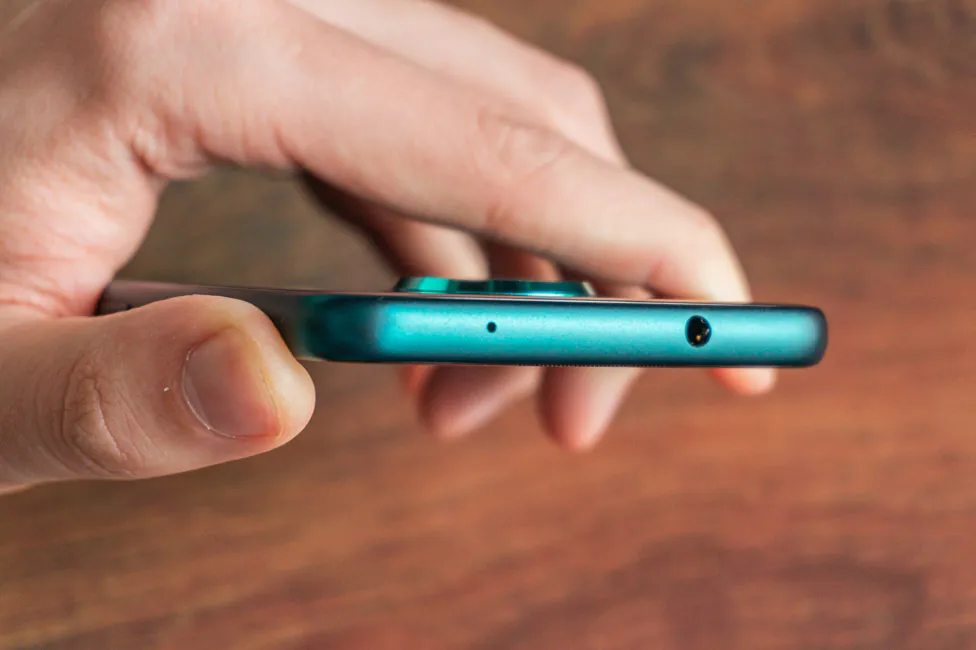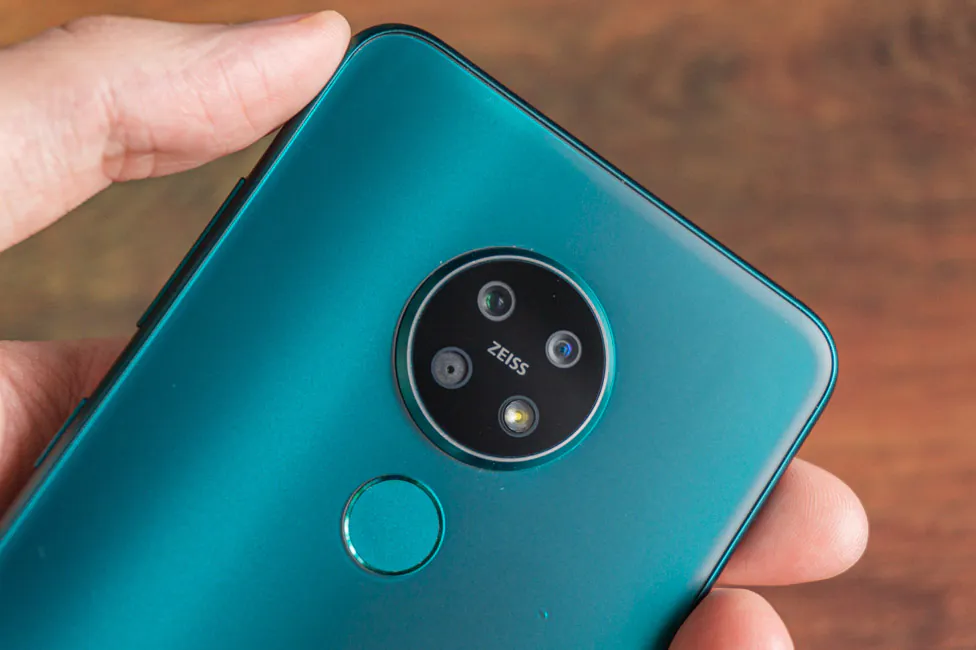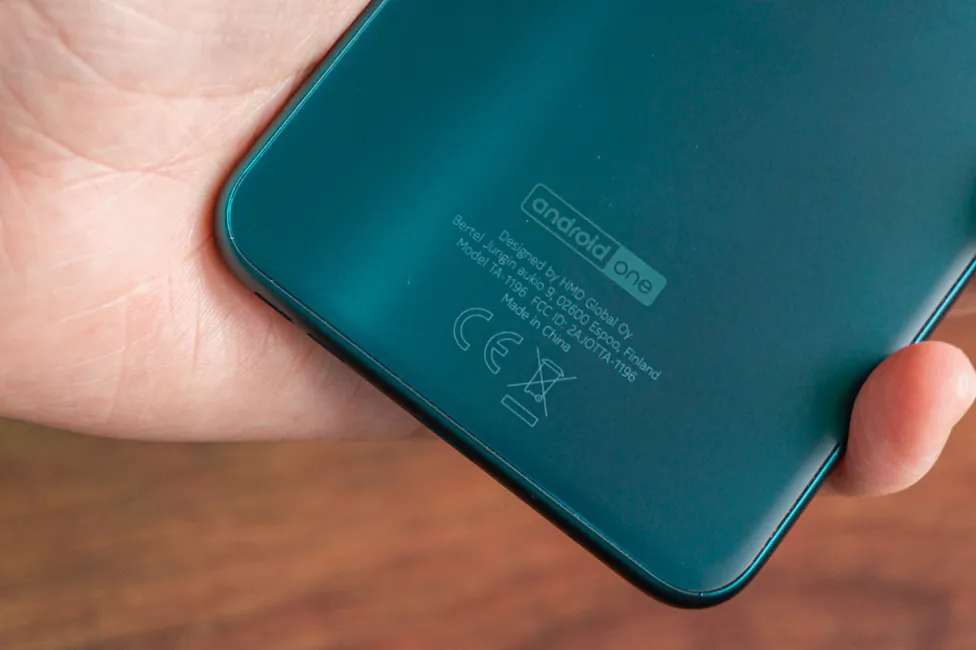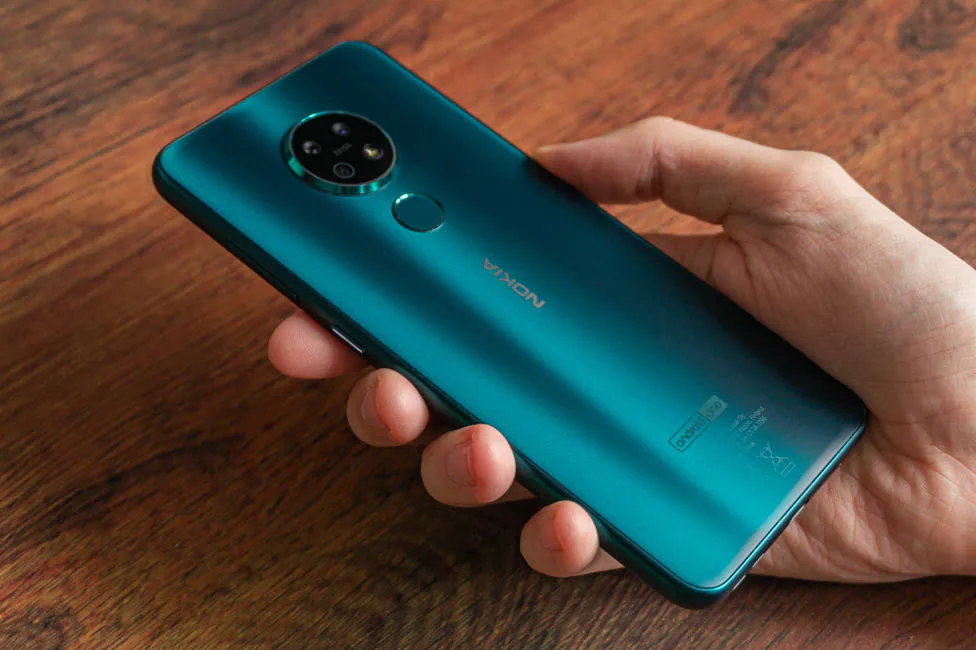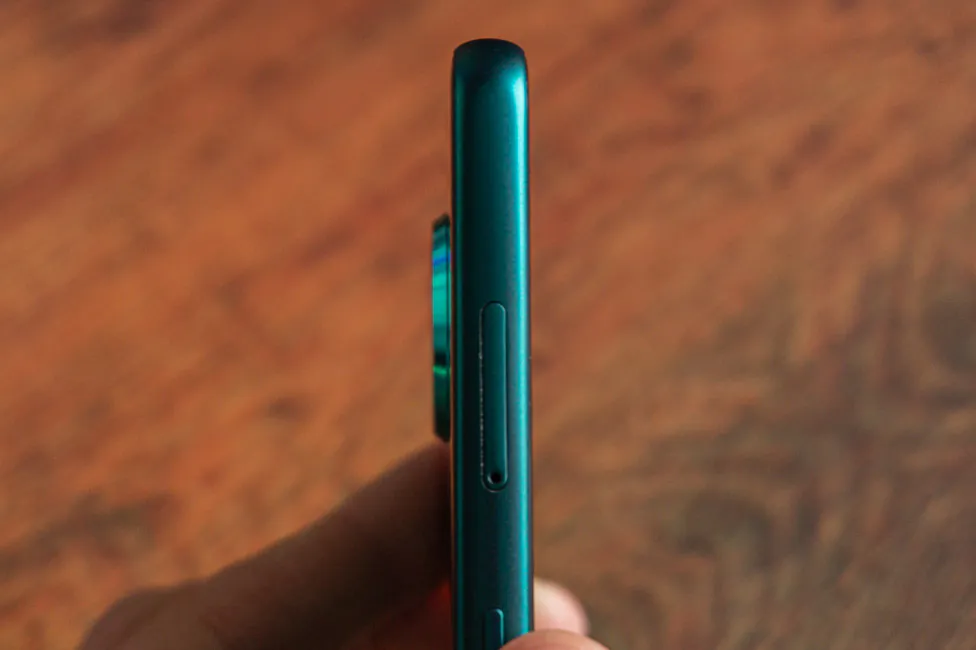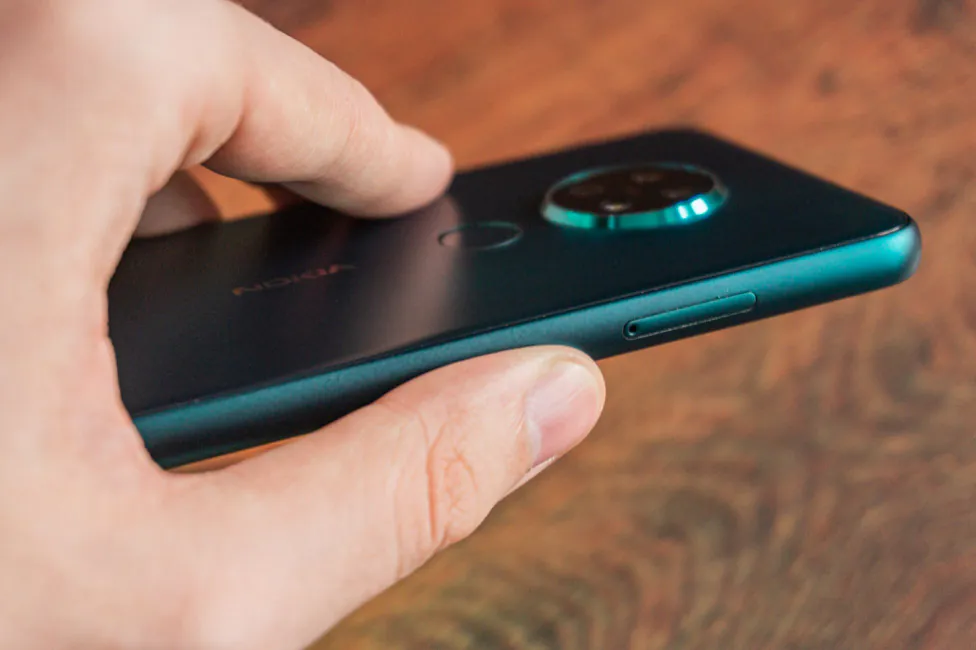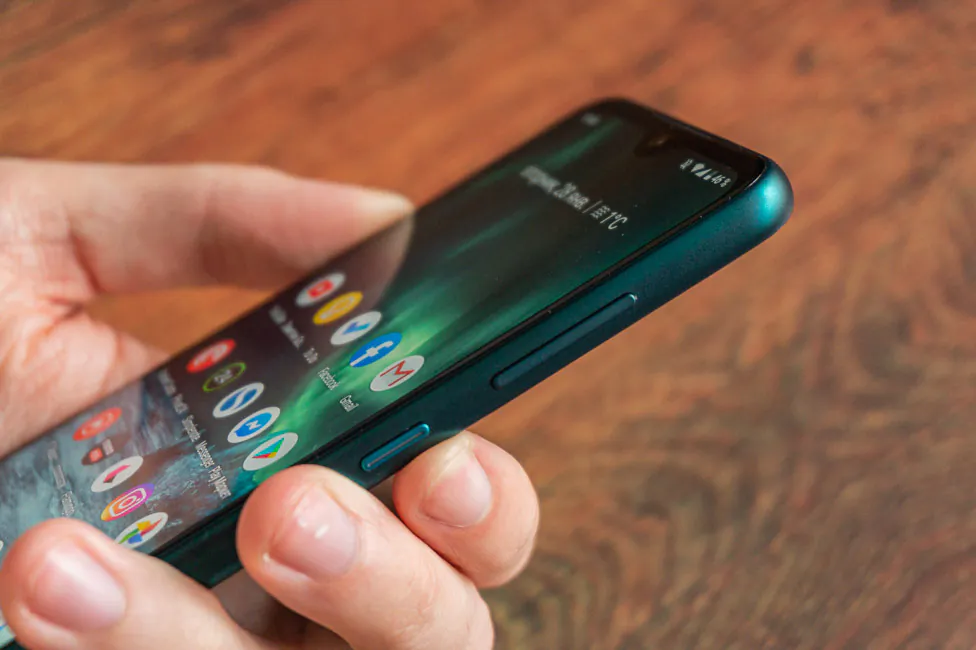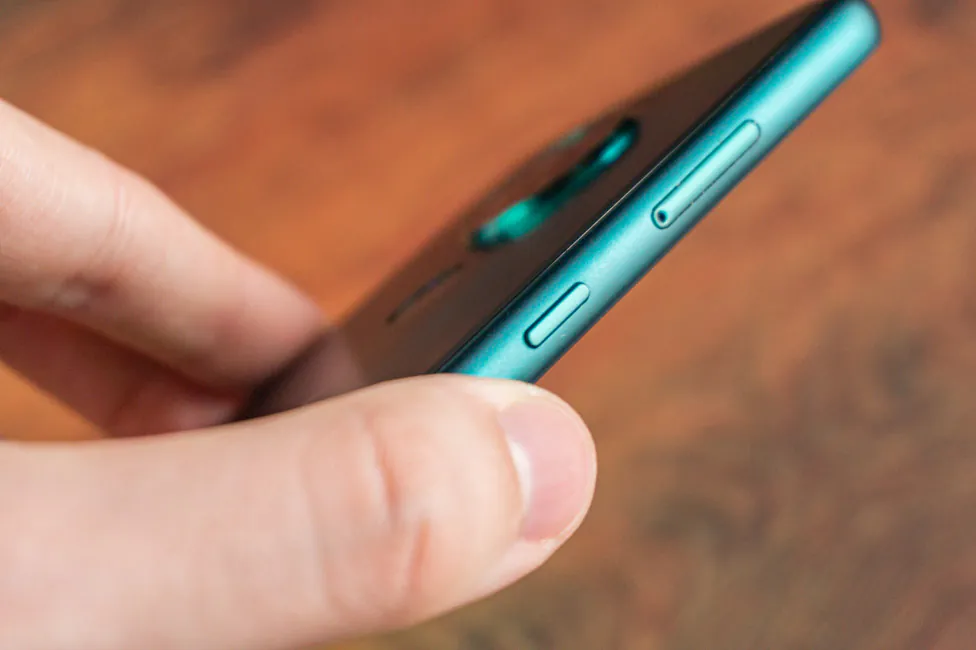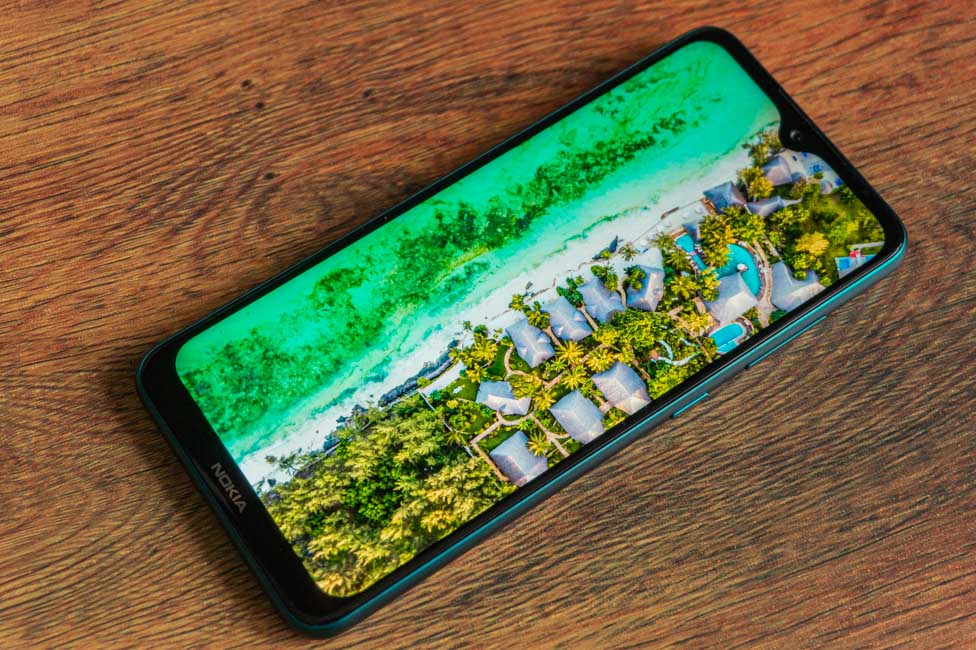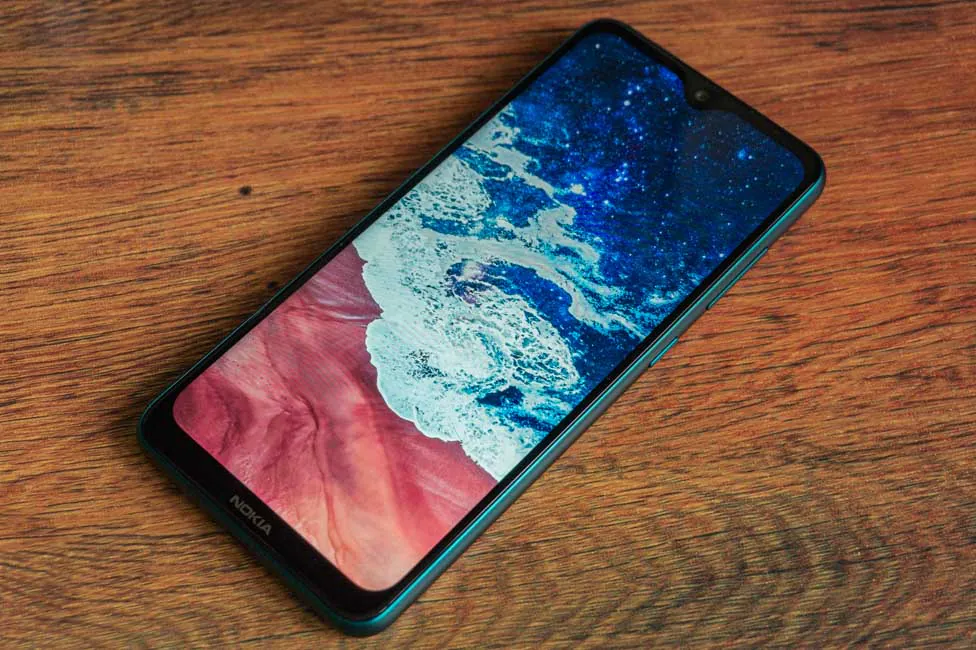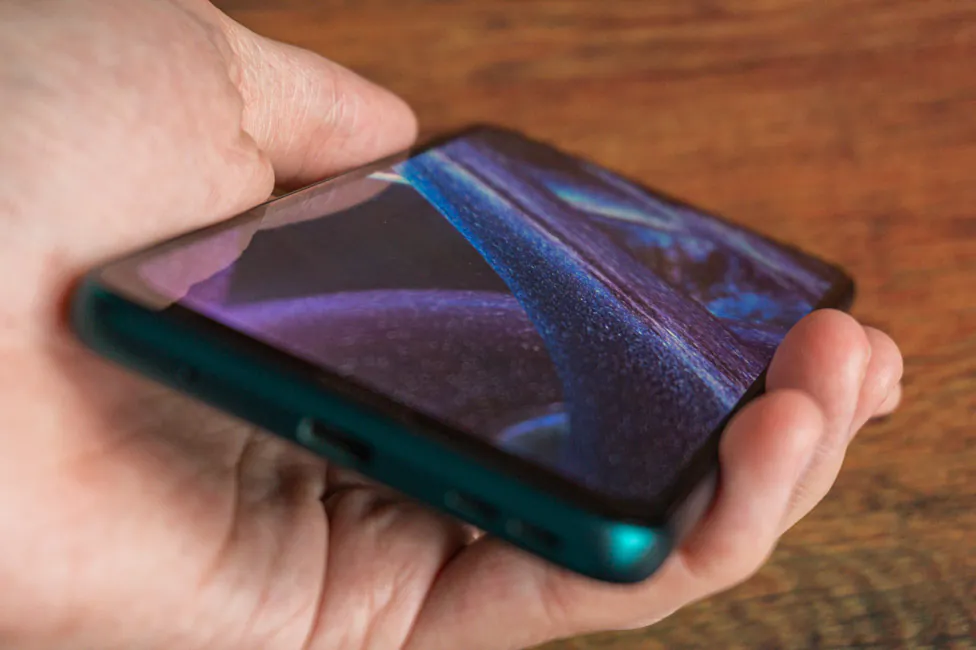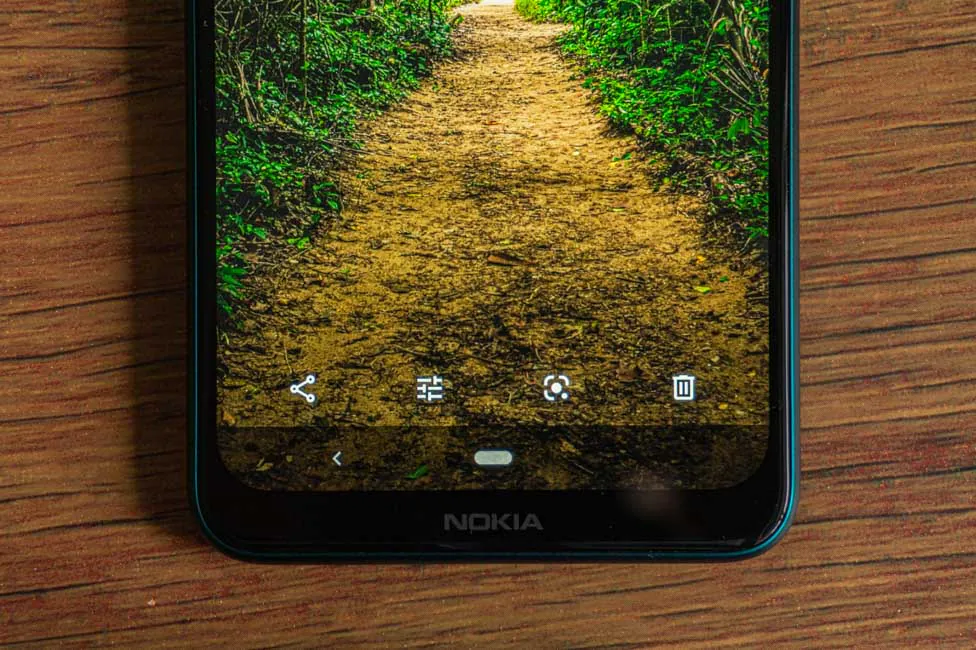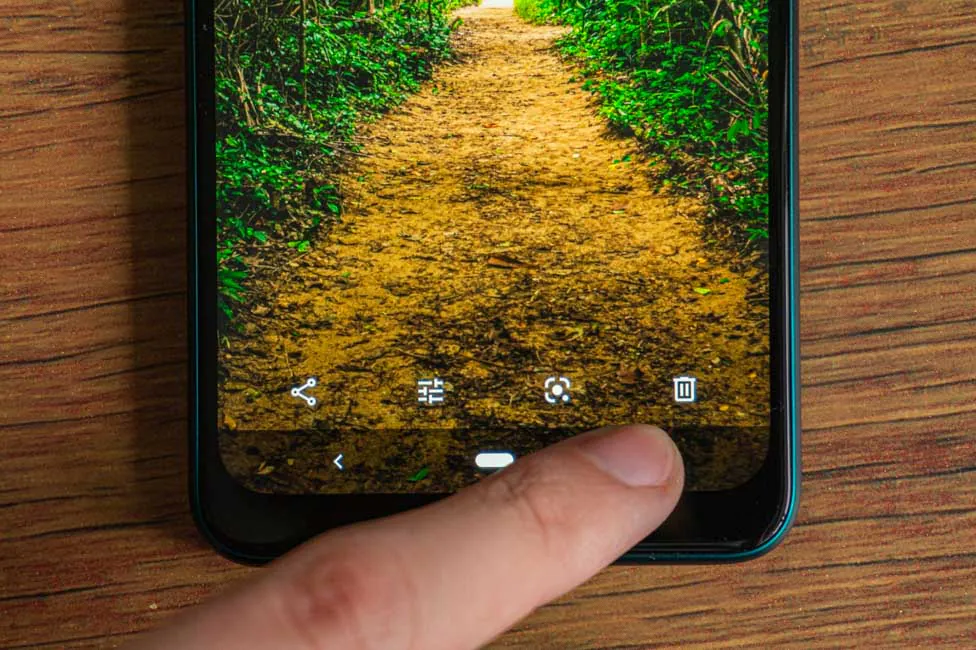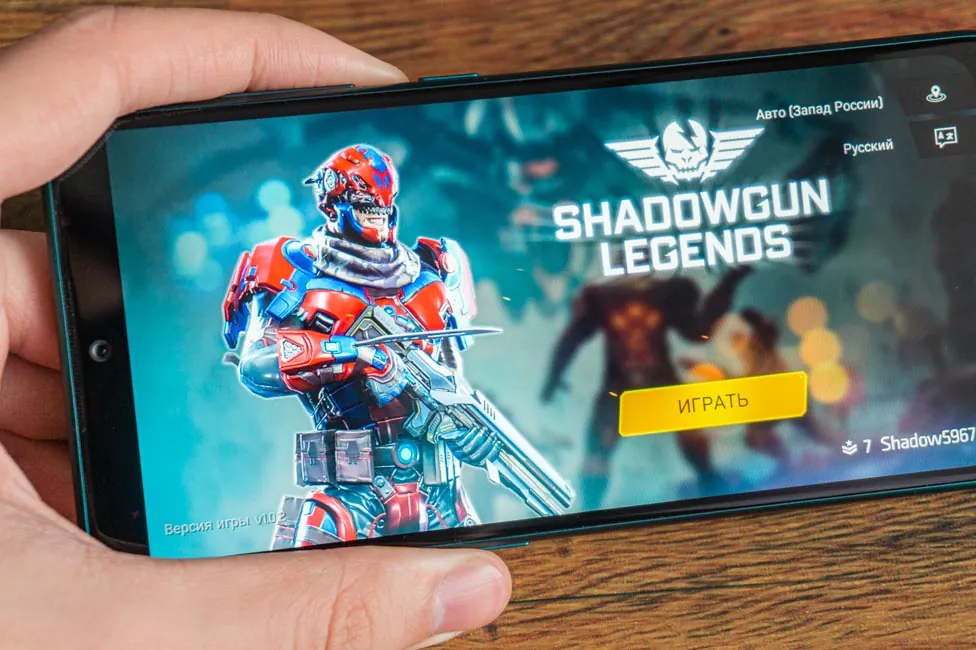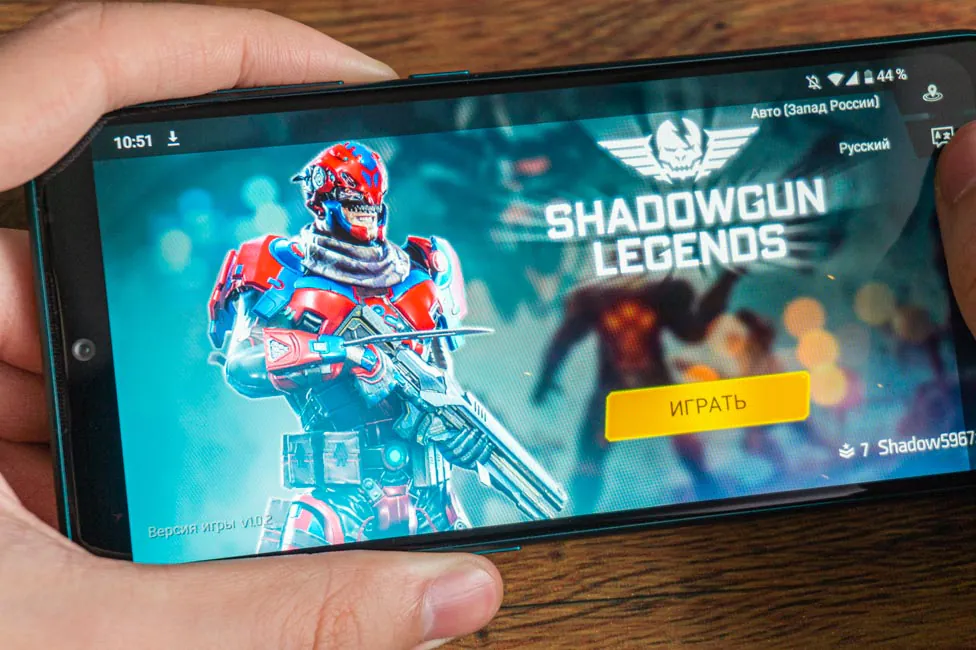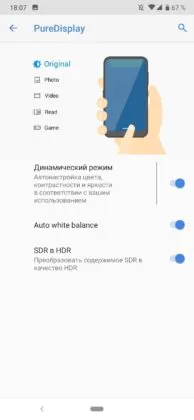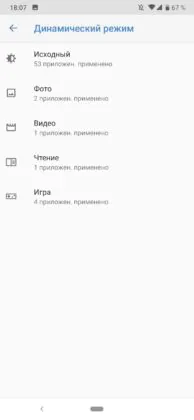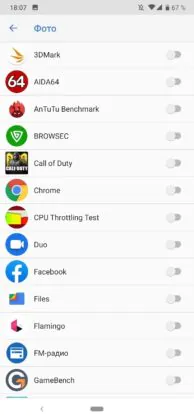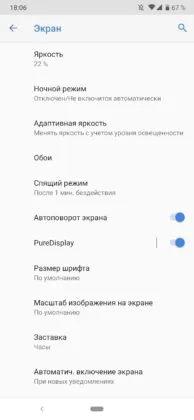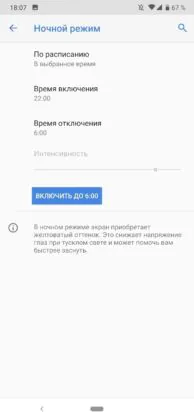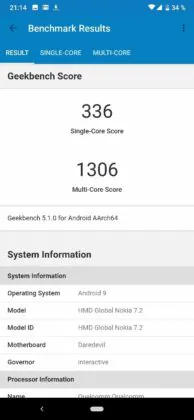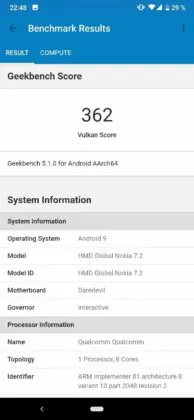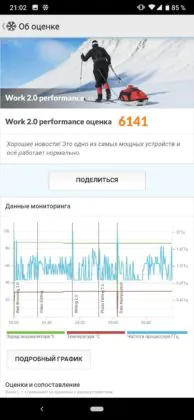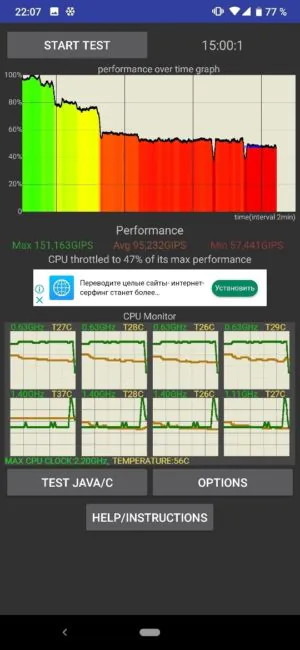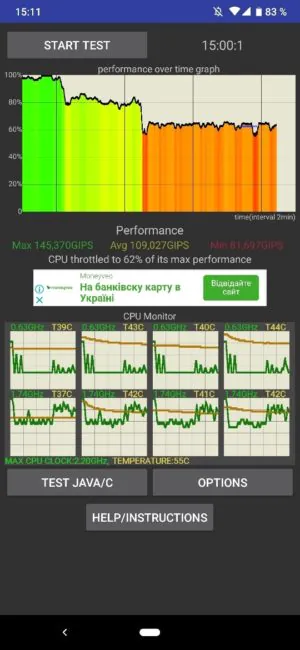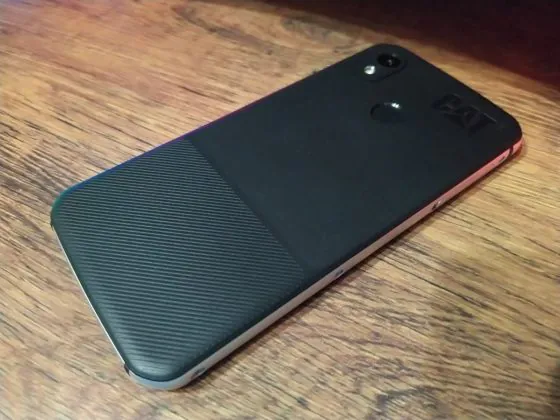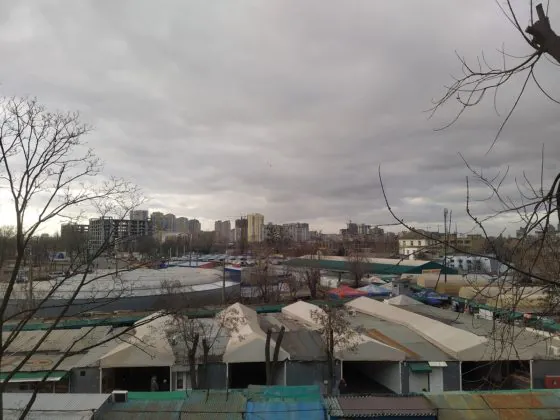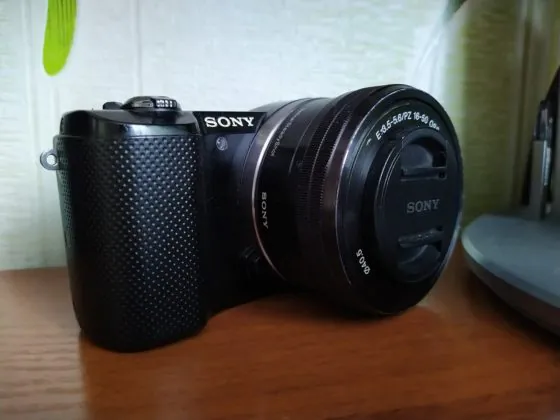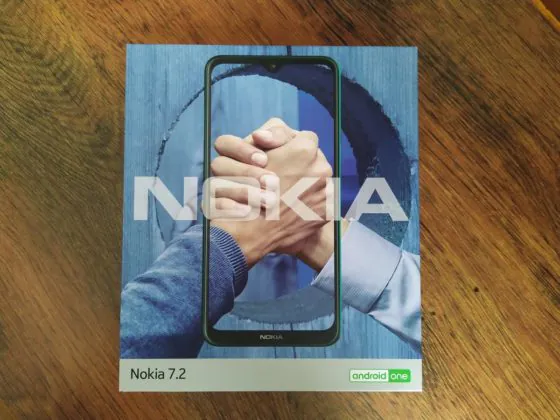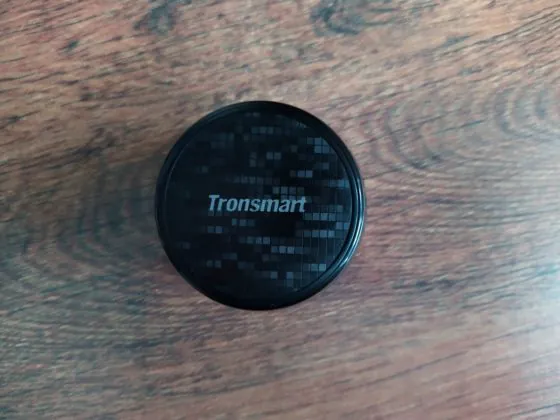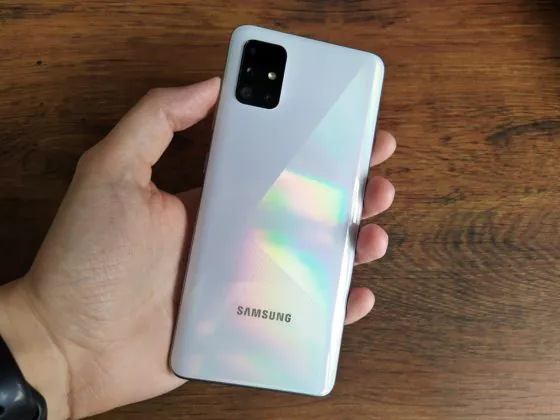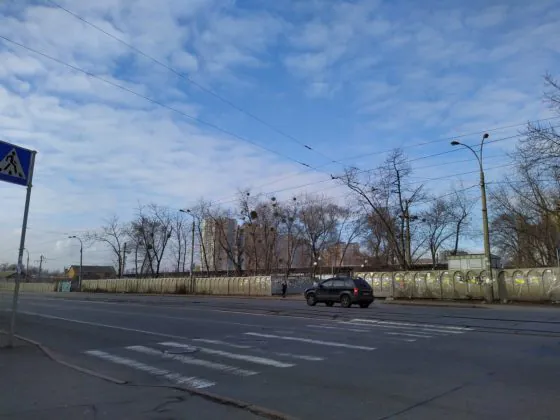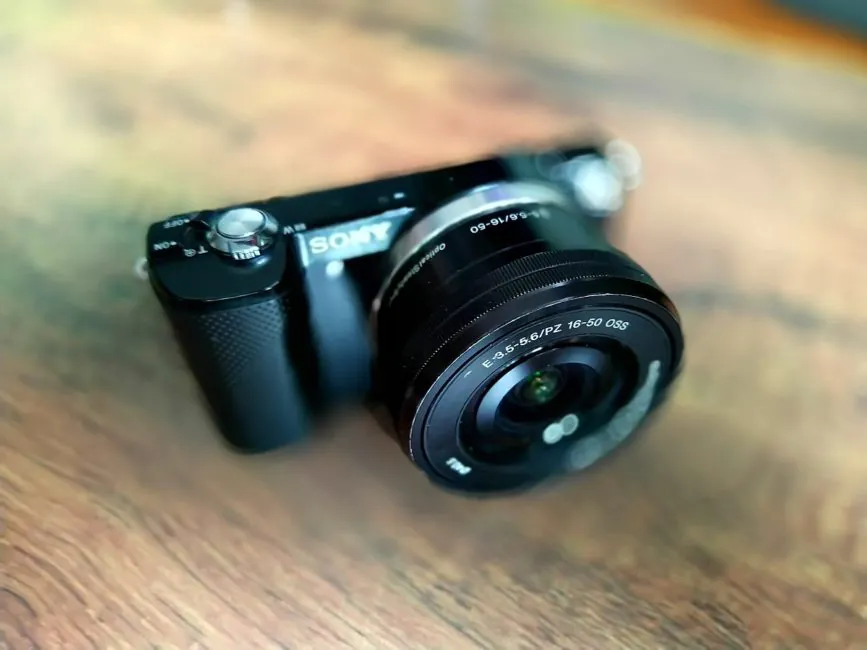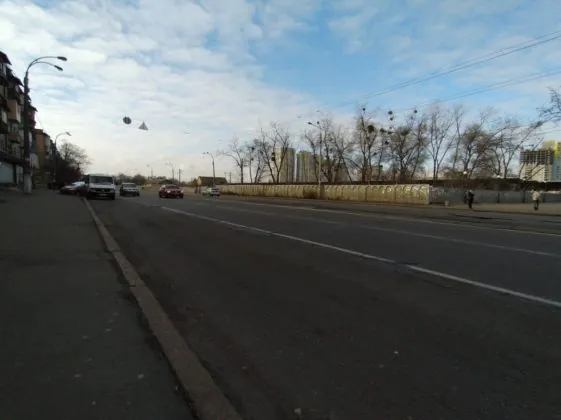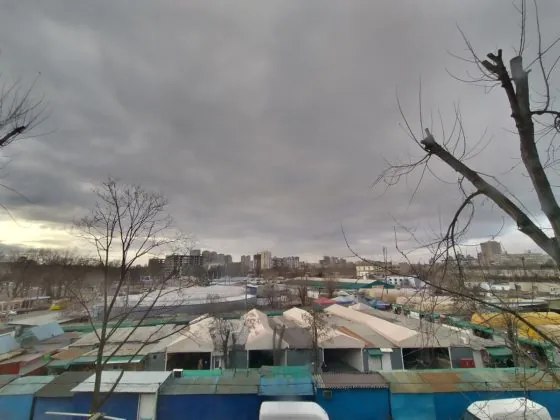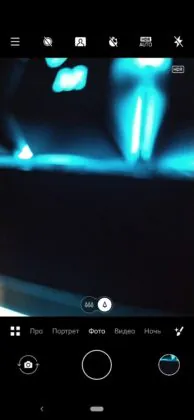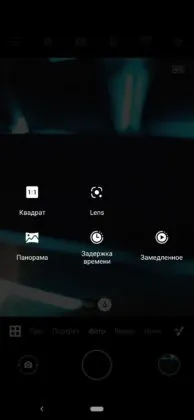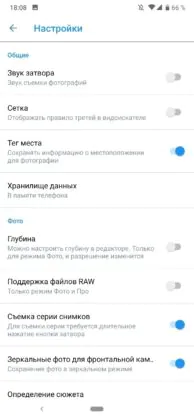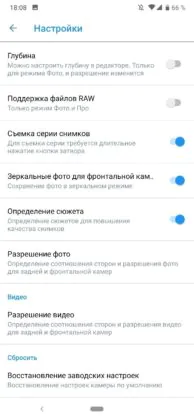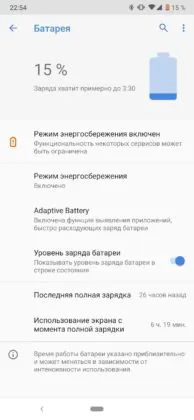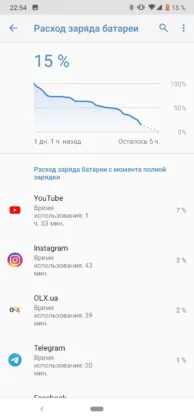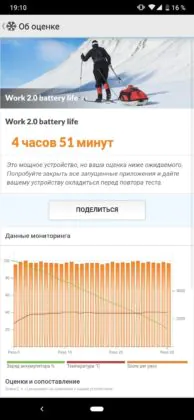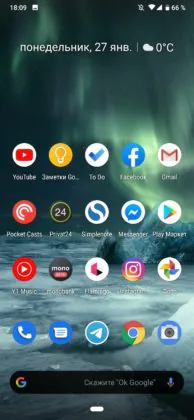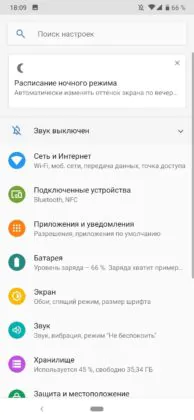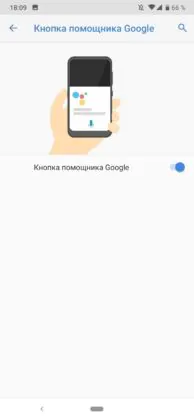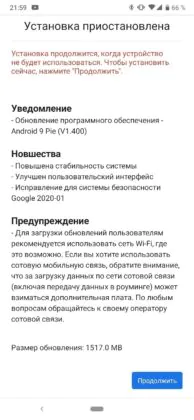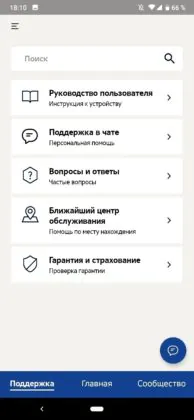© ROOT-NATION.com - Use of content is permitted with a backlink.
At the IFA 2019 exhibition, HMD Global presented a couple of smartphones and several phones under the Nokia brand. Today we will get acquainted with the main highlight of the autumn event – Nokia 7.2. Let’s see what it has in store for us.
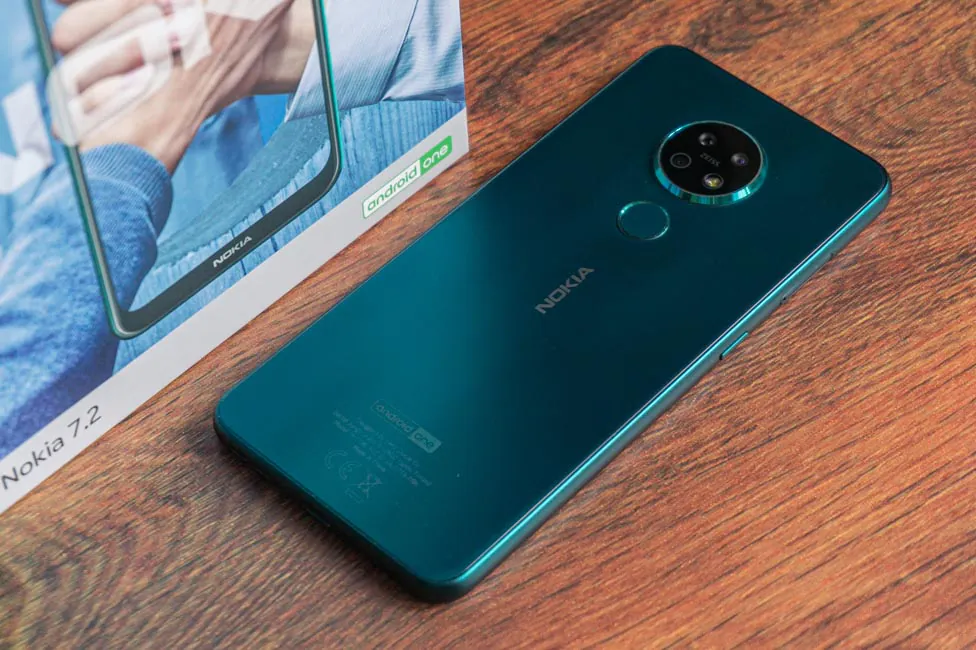
Nokia 7.2 specs
| NETWORK | Technology | GSM / HSPA / LTE |
|---|
| LAUNCH | Announced | 2019, September |
|---|---|---|
| Status | Available. Released 2019, September |
| BODY | Dimensions | 159.9 x 75.2 x 8.3 mm (6.30 x 2.96 x 0.33 in) |
|---|---|---|
| Weight | 180 g (6.35 oz) | |
| Build | Glass front (Gorilla Glass 3), glass back (Gorilla Glass 3), plastic frame | |
| SIM | Single SIM (Nano-SIM) or Dual SIM (Nano-SIM, dual stand-by) |
| DISPLAY | Type | IPS LCD capacitive touchscreen, 16M colors |
|---|---|---|
| Size | 6.3 inches, 99.1 cm2 (~82.4% screen-to-body ratio) | |
| Resolution | 1080 x 2280 pixels, 19:9 ratio (~400 ppi density) | |
| Protection | Corning Gorilla Glass 3 | |
| HDR10 Always-on display |
| PLATFORM | OS | Android 9.0 (Pie); Android One |
|---|---|---|
| Chipset | Qualcomm SDM660 Snapdragon 660 (14 nm) | |
| CPU | Octa-core (4×2.2 GHz Kryo 260 Gold & 4×1.8 GHz Kryo 260 Silver) | |
| GPU | Adreno 512 |
| MEMORY | Card slot | microSDXC (dedicated slot) |
|---|---|---|
| Internal | 64GB 4GB RAM, 64GB 6GB RAM, 128GB 6GB RAM | |
| eMMC |
| MAIN CAMERA | Triple | 48 MP, f/1.8, (wide), 1/2.0″, 0.8µm, PDAF 8 MP, f/2.2, 13mm (ultrawide), 1/4.0″, 1.12µm 5 MP, f/2.4, 1/5.0″, 1.12µm, depth sensor |
|---|---|---|
| Features | Zeiss optics, LED flash, panorama, HDR | |
| Video | 2160p@30fps, 1080p@30fps (gyro-EIS) |
| SELFIE CAMERA | Single | 20 MP, f/2.0, (wide), 1/3″, 0.9µm |
|---|---|---|
| Features | Zeiss optics, HDR | |
| Video | 1080p@30fps |
| SOUND | Loudspeaker | Yes |
|---|---|---|
| 3.5mm jack | Yes |
| COMMS | WLAN | Wi-Fi 802.11 b/g/n/ac, dual-band, Wi-Fi Direct, hotspot |
|---|---|---|
| Bluetooth | 5.0, A2DP, EDR, LE, aptX | |
| GPS | Yes, with A-GPS, GLONASS, GALILEO, BDS | |
| NFC | Yes (excl. India) | |
| Radio | FM radio | |
| USB | 2.0, Type-C 1.0 reversible connector, USB On-The-Go |
| FEATURES | Sensors | Fingerprint (rear-mounted), accelerometer, gyro, proximity, compass |
|---|
| BATTERY | Non-removable Li-Po 3500 mAh battery | |
|---|---|---|
| Charging | Battery charging 10W |
| MISC | Colors | Cyan Green, Charcoal, Ice |
|---|---|---|
| Models | TA-1193, TA-1178, TA-1196, TA-1181 | |
| SAR | 1.15 W/kg (head) 0.90 W/kg (body) | |
| SAR EU | 0.99 W/kg (head) 1.44 W/kg (body) | |
| Price | $ 324.99 / € 250.00 / £ 243.99 |
What’s in the box
Nokia 7.2 comes in a small cardboard box with a design typical of all the latest smartphones of the company. Inside there are: a 10 W power adapter, a USB/Type-C cable, headphones, a SIM card eject tool and paper documentation.
In general, everything is as always, though with a small bonus in the form of wired in-ear headphones with a headset function. Nokia smartphones are still not equipped with covers, and 7.2 is not exception to the rule.
Where to buy
Design, materials and build quality
When I first saw what Nokia 7.2 looks like, I was happy. Finally, the manufacturer does not choose the trivial design of the camera unit and the back panel. Yes, there are no vertical cameras to the left, and no colorful gradient or glossy glass or plastic.
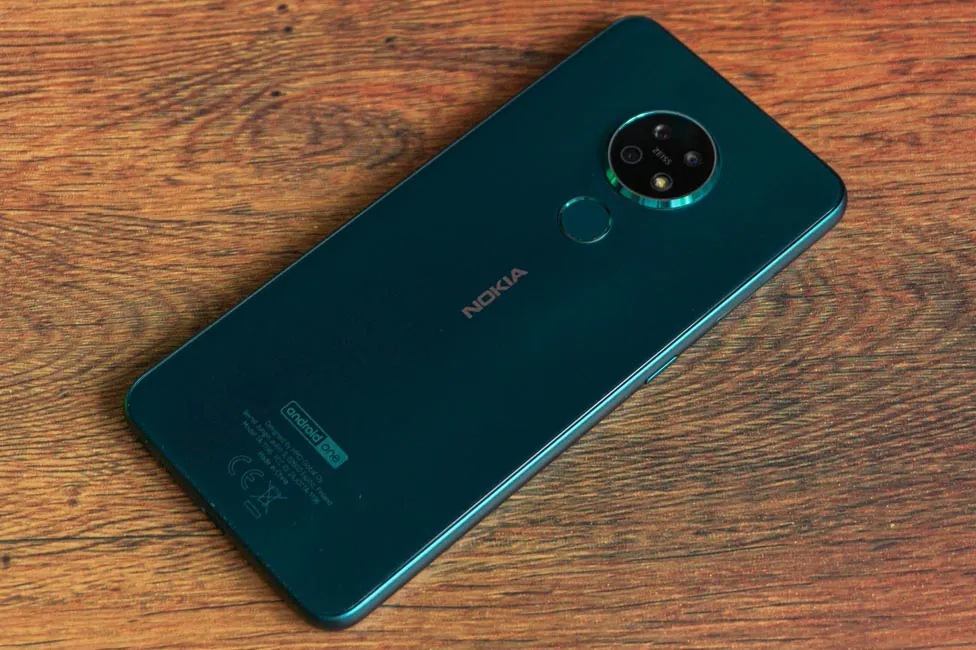
Everything is fine here. A round block with cameras in the center strongly reminds us of Motorola, which used to love this technique, but since then has moved away from it. I like it when companies try to do something different from the others and don’t just copy others’ ideas.
Next is the color. In my case, the smartphone is turquoise, which helps to stand out from the competition. I would even call it dark turquoise or emerald. There is an unobtrusive iridescent effect with vertical waves.
In addition to this color, silver and black options are available on the market. Silver looks very good. Black (or graphite in some lighting conditions) is the most strict.
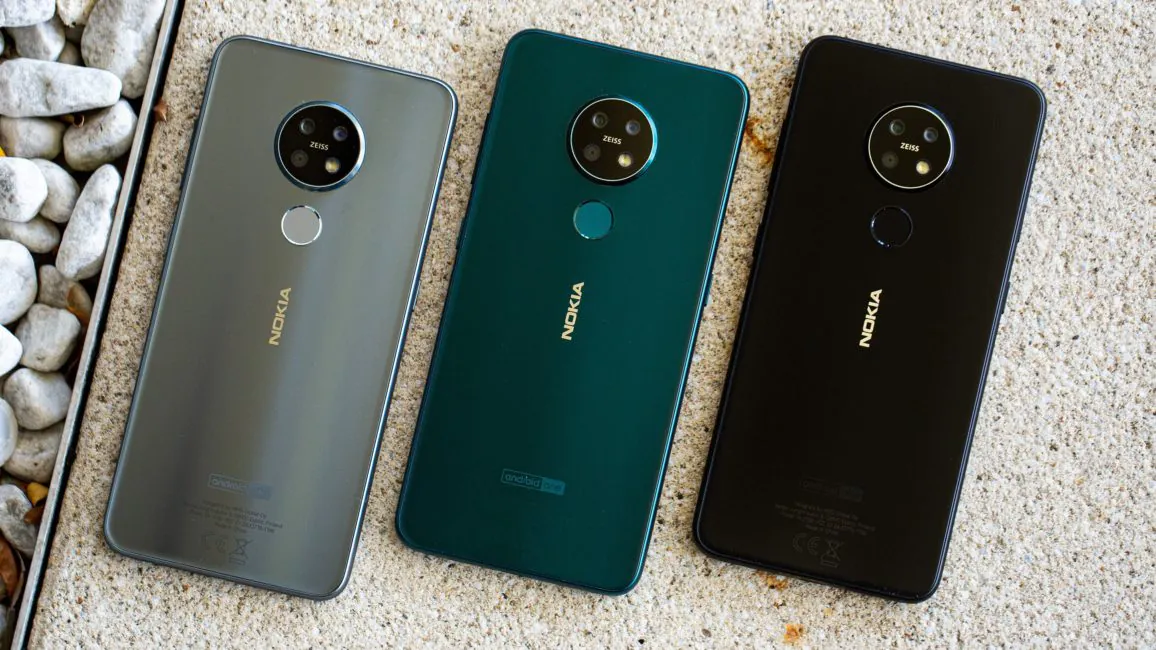
Let’s check out the materials of the back and frame of Nokia 7.2. To begin with, both elements with a matte finish – unusual for this price segment.
Next, Gorilla Glass 3. Matte finish means no oleophobic coating. Nevertheless, the surface collects dust and fingerprints easily. Not as much as an ordinary glossy glass, but still.
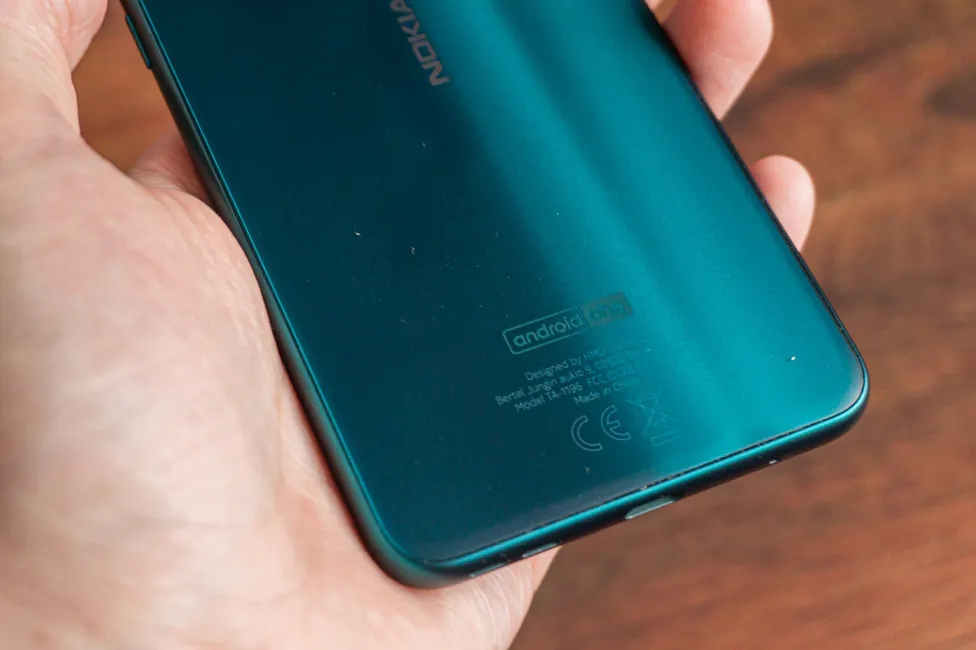
The frame has the same turquoise color and it is a polymer composite that is twice as strong as ordinary polycarbonate and twice as light as aluminum. To simplify, it’s plastic. At least it’s good plastic.
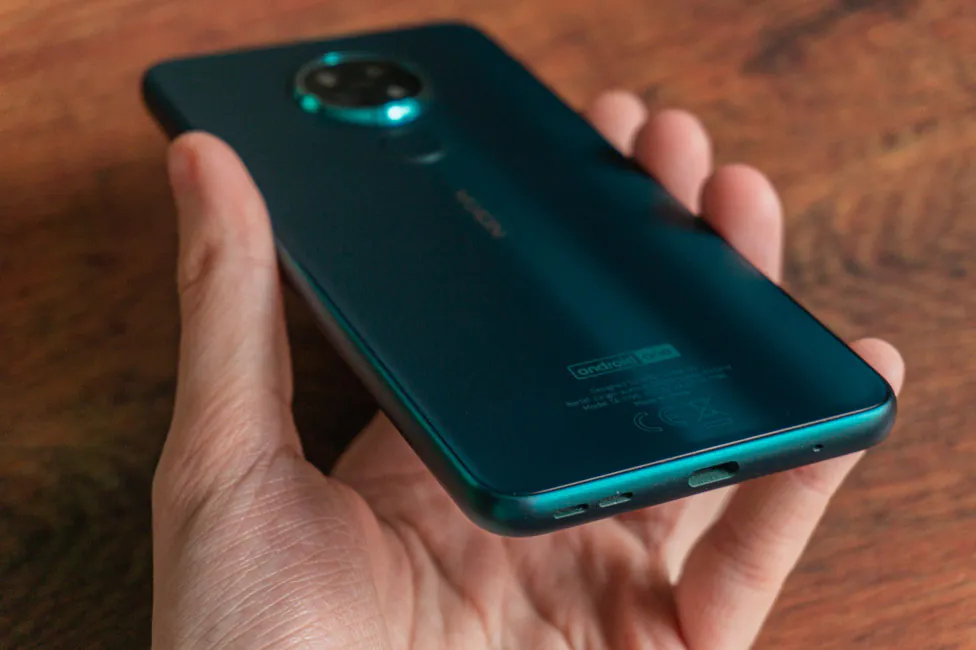
The backplate looks cool, but the front side is fairly standard. Large bezels, not the neatest of drop-shaped notches, as well as Nokia logo in front. In short, nothing to write home about. The panel is covered byGorilla Glass 3 with an oleophobic coating.
Build quality and fitting of all parts are at the highest level. The case has no moisture protection, but the card slot has an additional rubberized seal. And one more small remark – check the backplate at the time of purchase. Because my sample, for example, turned out to have a small production defect.

Elements configuration
In front in the upper part you can find a front camera, an earpiece speaker, light and proximity sensors. On the bottom there’s nothing but the inscription mentioned earlier.
On the right are the volume button and the power button with a combined indicator light for notifications. The latter is traditional, we previously saw it in Nokia 3.2 and 4.2. And this is an interesting implementation, though not in all situations the indication stays visible.
On the left side we have a triple slot for two nanoSIM cards and a microSD, which is always nice, as well as the traditional Google assistant button.
On the bottom is a microphone, a USB Type-C port and two slots with a multimedia speaker. Above is an optional second microphone and a 3.5mm audio jack.
At the back is a block with three cameras, a flash and Zeiss inscription, and a round platform of a fingerprint scanner. Below the glossy silver logo, and at the bottom the Android One icon and other markings. The round block protrudes a few millimeters above the body.
Ergonomics
Nokia 7.2 is not a small smartphone with a 6.3″ screen. Its dimensions aren’t the smallest either: 159.9 × 75.2 × 8.3 mm. We can give a few examples of devices that will be smaller at least in height, with 6.39 or 6.4-inch screens.
This means that controlling the device with one hand, or rather reaching out to distant elements on the screen, is problematic. But the biggest inconvenience is caused by the dull edges I praised earlier – they simply don’t feel good in palm of your hand. Without a cover, you have to hold the phone tighter than usual.
The protruding camera unit prevents the smartphone from lying stably on a flat surface – it sways when you touch the screen. The assistant button on the left is prone to false touches.
Nokia 7.2 display
The 6.3-inch screen is made using IPS LCD technology, the resolution of the panel is Full HD + (2280 × 1080 pixels), the aspect ratio is 19:9 and the pixel density is 400 ppi.

The brightness of the display is not bad, the contrast is also okay. Interestingly, the colors turned out to be very saturated. Saturated not only within the framework of IPS-matrices, but even on the level of OLED displays. Probably not everyone will like it, because you can’t change the profile to a more natural one.
But of course you can get used to this feature. Viewing angles are pretty good, there is only a classic distortions at diagonal angles. PureDisplay technology is supported, which extends the dynamic range and increases the sharpness. This is worth discussing in more detail, since the manufacturer focuses on this particular feature.
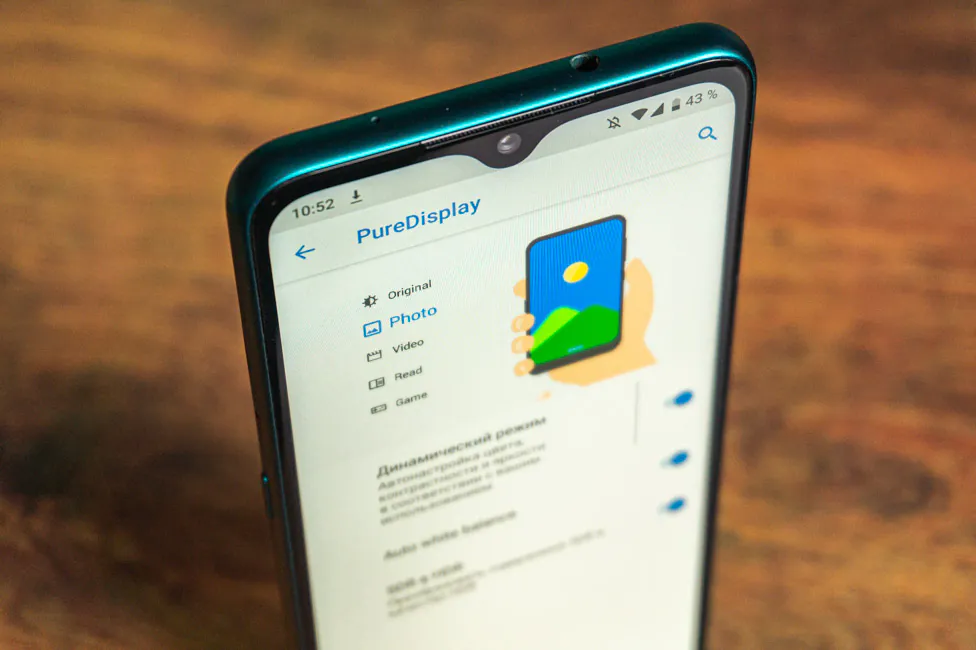
In the settings there is a separate PureDisplay item. There are 5 possible modes: original, photo, video, reading, game. The system automatically determines which of them to use. But you can choose everything manually, which I recommend to do if you are going to use it.
You can evaluate the effect of a particular mode on the screen contents by clicking on the black area near the navigation button. In the photo format we get more realistic color reproduction and a bit more sharpness. In the video, it looks just like HDR. And the sharpness rises, and dark tones are extended, and “flat” objects become more… voluminous or something. Reading removes the contrast, the colors are dull. Games are very similar to video mode, but with an additional increase in saturation.
In the same menu item there are two more functions – converting SDR contents to HDR and automatic white balance. The latter, as I understand it, is some kind of alternative to Apple’s True Tone technology. That is, the display will become warmer or colder depending on environmental conditions.
What can I say about this technology in general? It is nice that it exists. Without the special color display mode, I could not, for example, process photos on Nokia 7.2 display. Here you can add a photo editor to the desired mode and see the correct and natural colors. In short, the thing didn’t seem superfluous to me and it’s really nice to consume content with its help.
Among other screen settings there’s nothing new: just a customizable night mode.
Nokia 7.2 Performance
The device is based on the Qualcomm Snapdragon 660 platform, which is two years old. I do not know what forced the manufacturer to choose it. After all, back to the announcement of Nokia 7.2 on IFA, Qualcomm already had new 600th and 700th series. In my opinion, it would be more logical to use the latest developments.
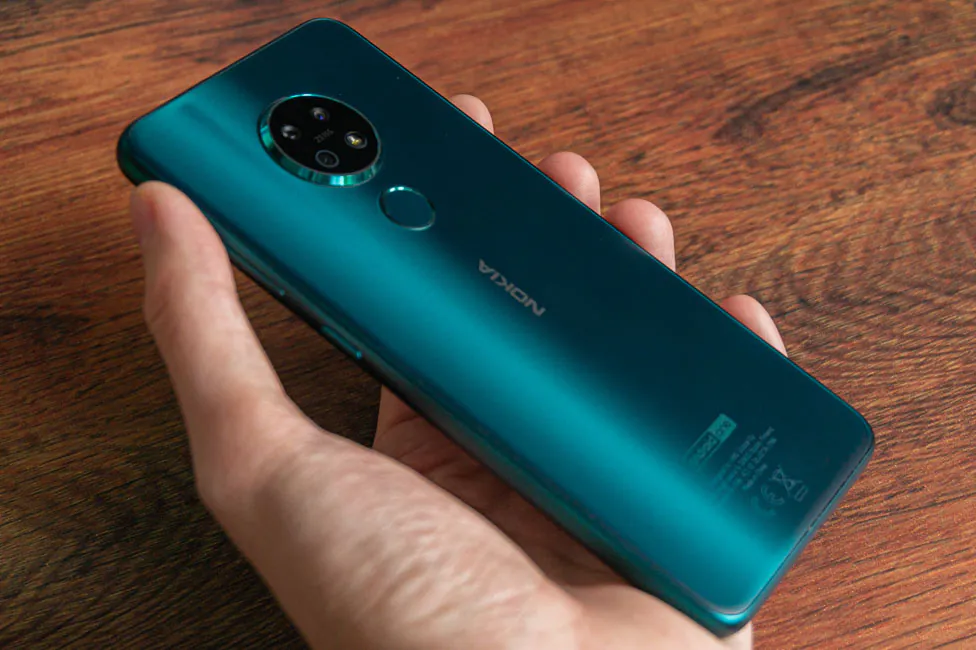
The 14-nm Snapdragon 660 includes 8 cores: 4 Kryo 260 Gold cores with a maximum clock frequency of 2.2 GHz and 4 Kryo 260 Silver cores with a clock frequency of up to 1.8 GHz. The graphics accelerator is Adreno 512.
In synthetic tests, on the whole, everything is not bad, but the CPU throttled like crazy. For 15 minutes, the CPU threw off performance as much as 47%. This in my practice is the worst result. But that was before the upgrade of more than one and a half gigabytes, which arrived a few days ago. It was aimed at improving the stability of the system, plus security and error correction. After running the same test after the update, throttling reached 62%. It’s a lot, but you must admit that it is better than it was before. Perhaps in the future, the manufacturer will be able to fix this problem. For comparison – a screenshot of Redmi Note 7 test with the same SoC.
RAM in the smartphone can be either 4 or 6 GB. Do you need more? I think it is enough for everyday use.
The storage in our version is 64 GB. Again, in other markets there are modifications with 128 GB. The user is allocated 48.53 GB, and if there are not enough, then there is a separate place for a microSD memory card up to 512 GB. Among other things, Nokia offers Google One subscription for three months. Thanks to that the user will receive another 100 GB of storage.
With the work of the interface and applications everything is fine, smooth and fast. If any jerking happened, it’s because the apps were updating. With games, the behavior is relatively good. If we talk about the simple games, everything is fine. But heavy games run with problems. Of course, you can safely play even with high graphics settings. But we do not always get comfortable FPS.
- PUBG Mobile – high graphics settings with smoothing and shadows, on average very stable 30 FPS
- Shadowgun Legends – average graphics, 50 FPS, with frequent drawdowns
- Call of Duty Mobile – medium, depth of field and shadows are turned on, the Battlefront mode is ~ 60 FPS; Battle Royale is ~ 40 FPS
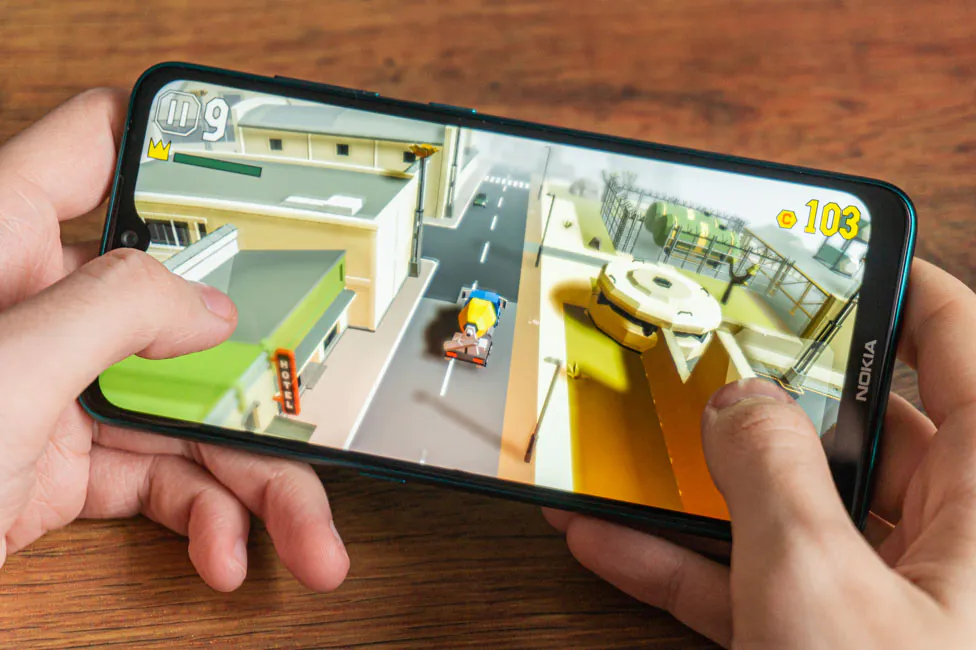
Nokia 7.2 cameras
The smartphone uses a unit with three main cameras. The main wide-angle module is 48 MP, f/1.8, 1/2″, 0.8µm, PDAF. The second ultra-wide module is 8 MP, f/2.2, 13 mm, 1/4″, 1.12µm. And the third is a depth sensor of 5 megapixels, f/2.4, 1/5″, 1.12µm.
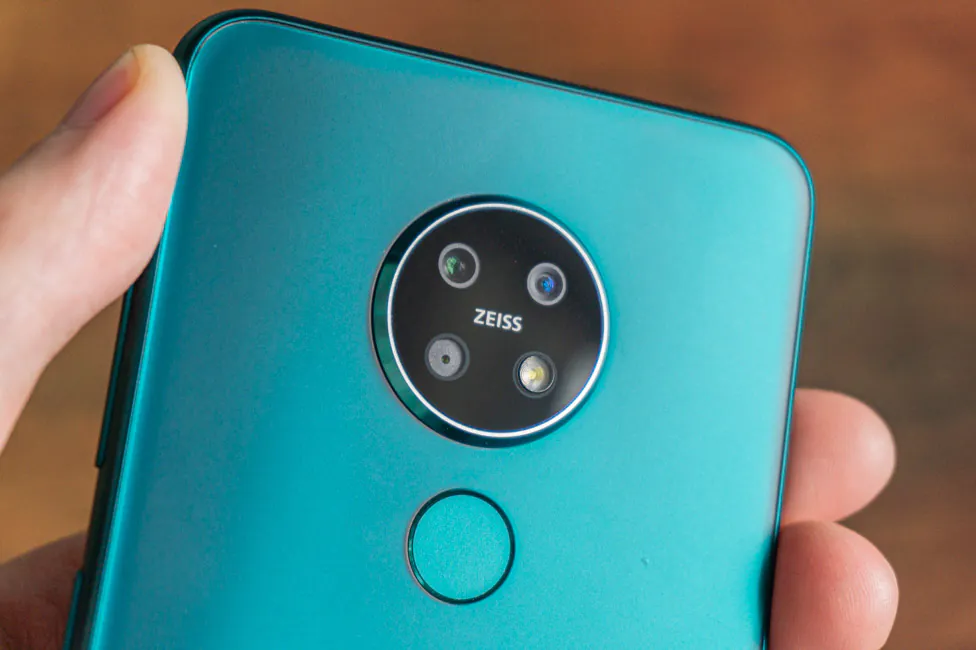
The main sensor of Nokia 7.2 somewhat disappointed me with the amount of noise in daytime shots. The quality is okay in sharpness and color. But it’s worth bringing the image a little closer and it becomes clear that the camera here is not as high-quality as expected. Indoors and in low light conditions, there is nothing special: the noise canceler actively blurs small details. If there is very little light, then you can try the night mode – it works, increasing overall visibility, but the effect of watercolor is inevitable.
EXAMPLES OF PHOTOS IN FULL RESOLUTION
Portrait shots are relatively good, with good blurring, but errors happen just as often. There are several different types of effects, so playing and experimenting with this is easy.
The ultra-wide-angle module has a viewing angle of 118° and it is worth shooting with it only in ideal lighting conditions. The quality is fine. Often there are problems with exposure, there are noises even in the afternoon. It differs in colors from the main module, and the white balance is either too cold or yellow. Pretty weak module.
EXAMPLES OF PHOTOS IN FULL RESOLUTION
Video recording is up to 4K on the main sensor. Without electronic stabilization, 1080p resolution is the maximum you can expect. The quality is okay, but I did not like the autofocus, which is too slow. The ultra-wide-angle module records video in Full HD, in mediocre quality, but there is digital stabilization.
The front camera is 20 megapixels, f/2.0, 1/3″, 0.9µm. It shoots mediocrely in the room, often making the face a little pale. The smoothing effect of the face cannot be turned off. The camera can also blur the background without serious errors: You can shoot video in Full HD, also with electronic stabilization.
The camera application is functional, there are live photos, simultaneous shooting on the main and front cameras (Dual-Sight). Manual mode, saving in RAW, portrait mode with several types of blur, night mode, Google Lens, panoramas, slow-motion and accelerated videos. You can shoot in 48 megapixels and switch to ultra wide. When choosing this resolution, the other smartphones prohibit switching between modules until the user sets the resolution to the standard 12 megapixels. I did not see much difference in quality between 12 and 48 megapixels, but the difference in file weight is noticeable. It is also worth making a correction that by default the selfie camera makes 5 megapixel pictures, and you must first switch to 20 megapixels.
For advanced users Google Camera is also here. And if you find a high-quality port, you can get better pictures in low light conditions.
Unlocking methods
The fingerprint scanner is standard capacitive and is located on the back of Nokia 7.2. It is quite usable, but slow by modern standards. On the whole, it’s not bad in accuracy, only the speed is a little disappointing. In addition, it supports gestures, you can pull out the curtain of notifications.
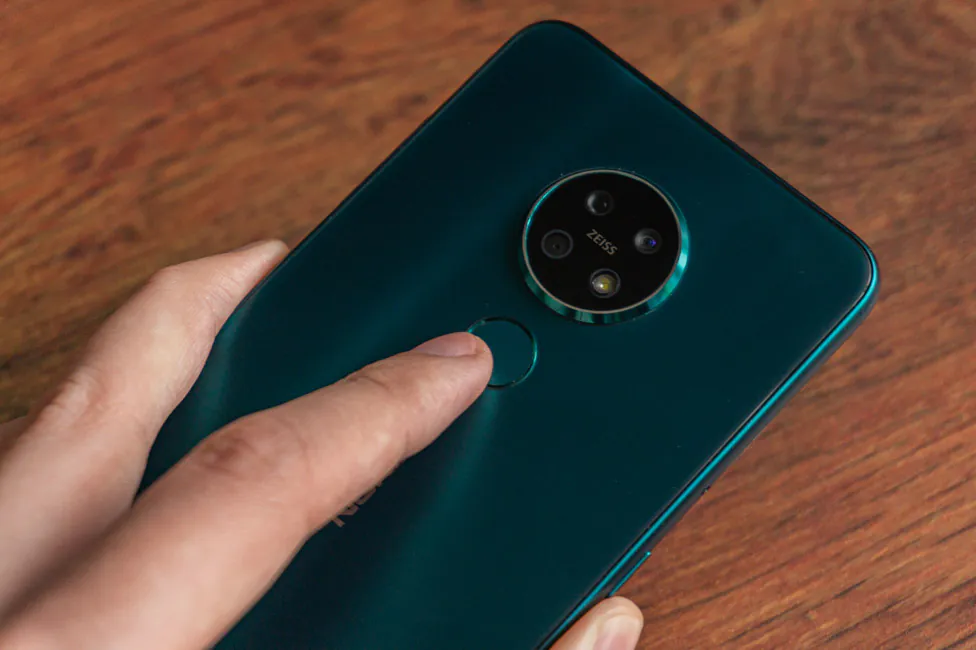
Face unlocking is here. Previously, Nokia, at least in the latest models, could not make this method a high-quality alternative to a fingerprint sensor. In the case of budget smartphones, it was the only way to authenticate, and there it could be forgiven for low response speed.

And I kept thinking that at least in the mid-range sector something would change, but nothing did. In 7.2, recognition takes as much time as in budgets and this fact upsets me greatly. Compared to competitors, it’s very slow.
Nokia 7.2 battery life
The device has a 3500 mAh battery, which is slightly smaller than the market average. With the active use of the smartphone, you can count on a day of work, which is a completely normal result. On the other hand, for 25 hours of overall work, the screen was active for 6 hours and 20 minutes, which is not so bad. But the battery life test in PCMark Work 2.0 benchmark at maximum display brightness produced only 4 hours and 51 minutes.
Using a standard charger and cable, Nokia 7.2 battery recharge rate was measured and the results are as follows:
- 00:00 — 13%
- 00:30 — 43%
- 01:00 — 73%
- 01:30 — 93%
Sound and communication
The sound of Nokia 7.2 as a whole does not stand out. The volume of the earpiece speaker is almost always enough. Multimedia speaker does not impress with both the quality and volume – the sound is flat and inexpressive. There’s no stereo, which is quite an ordinary situation for the middle range. Although the segment currently has one exception – OPPO A9 2020. In the headphones, everything is just fine, but again – nothing special.

Over wireless network everything is fine. Perfectly working Wi-Fi 5 with support for 5 GHz networks and no less stable Bluetooth 5.0 (LE, A2DP, EDR, aptX). Only GPS (A-GPS, GLONASS, GALILEO, BDS) was not very accurate. NFC is also present and works without problems. The main thing to remember is that the module is located below the camera unit, to the right of the fingerprint scanner.
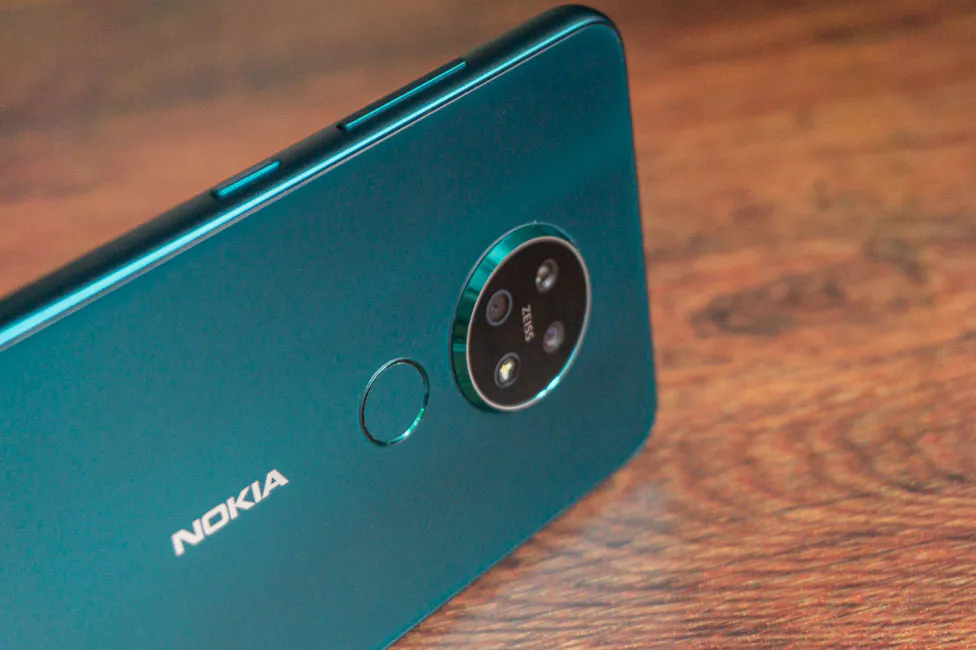
Firmware and software
With software, we have a typical Nokia with a clean system, like the rest of the manufacturer’s models – 7.2 refers to the Android One program. What does this mean we have repeatedly told in other reviews. In short: security updates every month and a guarantee of two major OS updates.
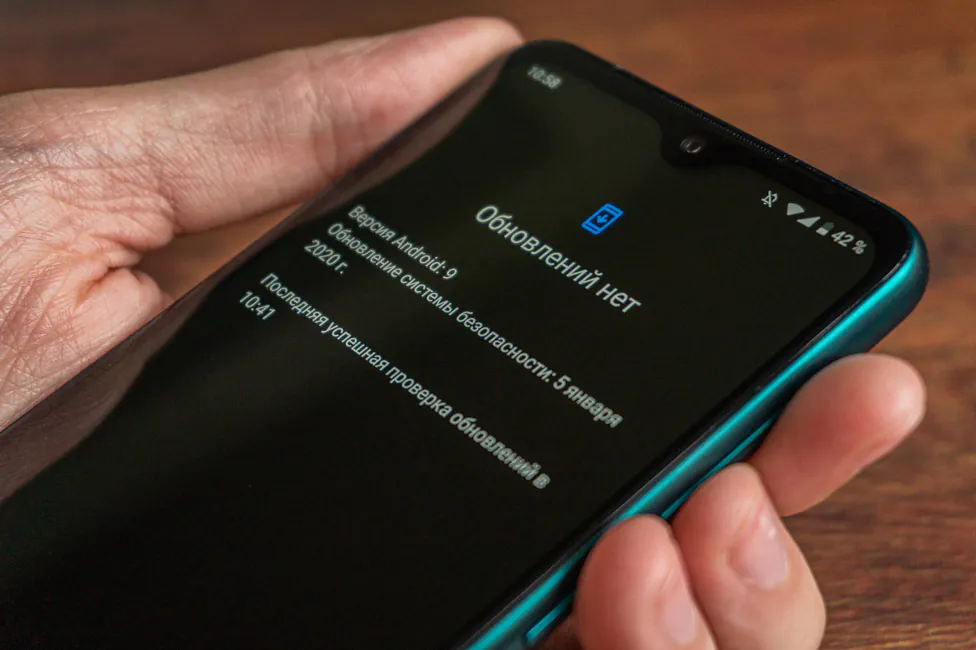
And in my opinion, the implementation of Android One in Nokia is one of the best. First of all, we have all the features that can be found in, so to say, the original source – Google Pixel smartphones. Yes, that’s where Xiaomi A-series fail.
At the moment we have Android 9 Pie is installed with the latest January security patch. I don’t know when it’ll update to version 10, but it will happen. In addition to the camera application, the vendor has installed FM-radio and My Phone support application. There are a number of gestures and the ability to disable the call button of the Google Assistant.
Verdict
Nokia 7.2 is interesting in many aspects: cool back design, unusual colors, matte glass. The display with PureDisplay technology is also quite curious. In addition, there are all the necessary wireless modules, solid battery life and updated software.
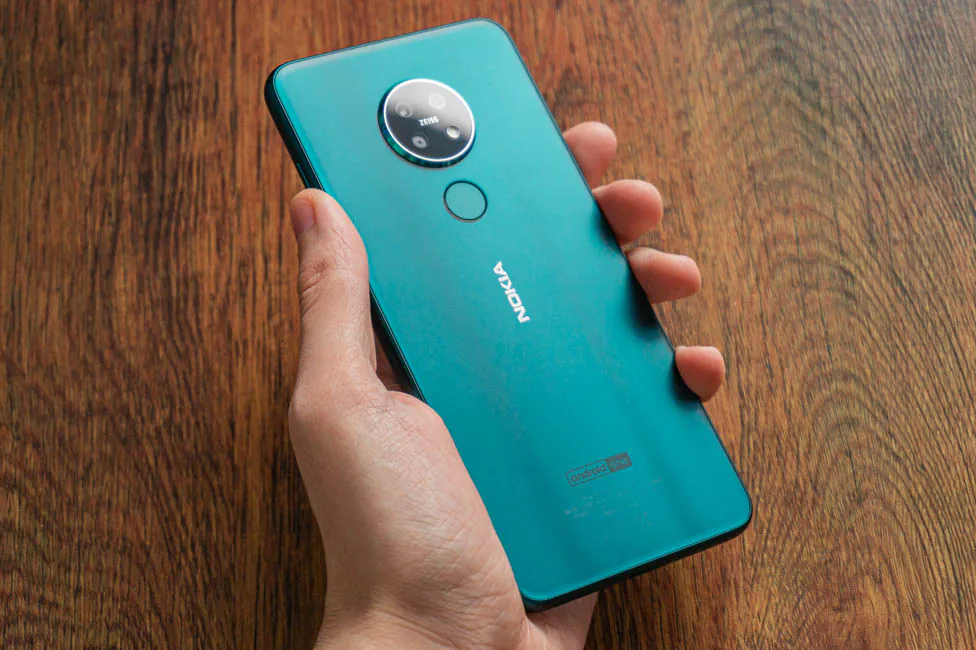
The performance level (despite the outdated chip) is enough even for games, but not for long, because the phone keeps heating. Cameras are not competitive in my opinion, at least with the current software. Based on this, my advice is simple: if you rarely take pictures and do not play heavy games, Nokia 7.2 might be for you. If these things are important to you, look at competitors like Xiaomi Mi 9 Lite.
Where to buy
Subscribe to our accounts:


